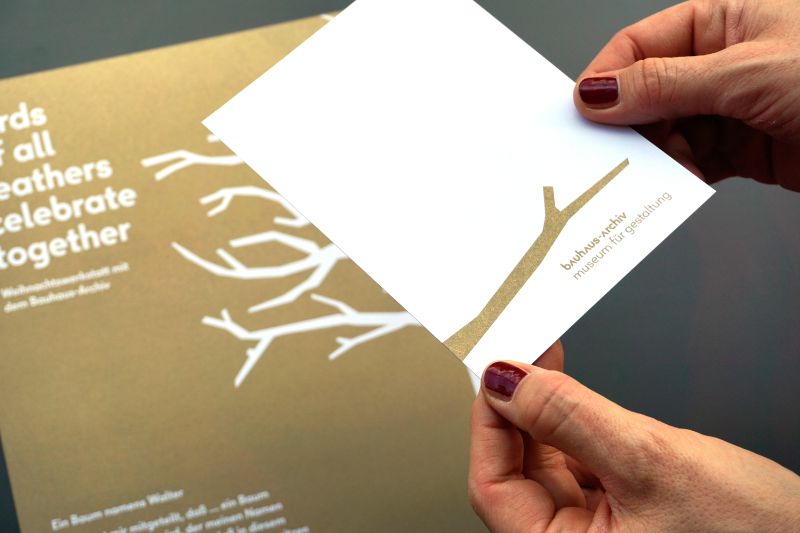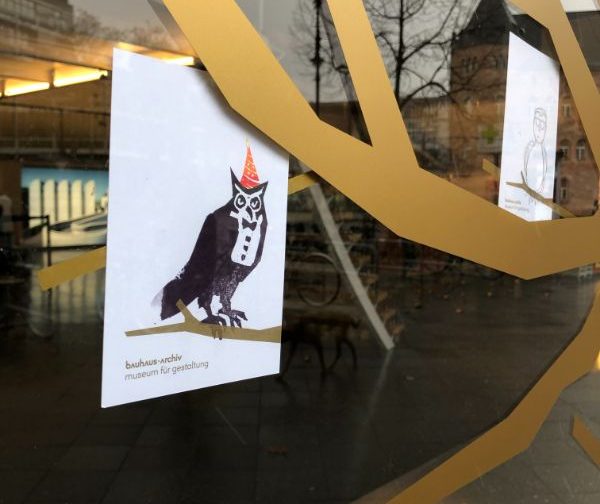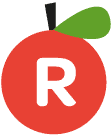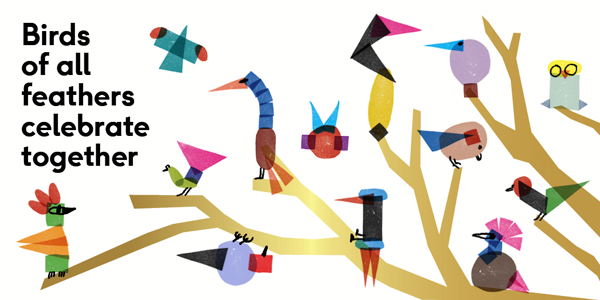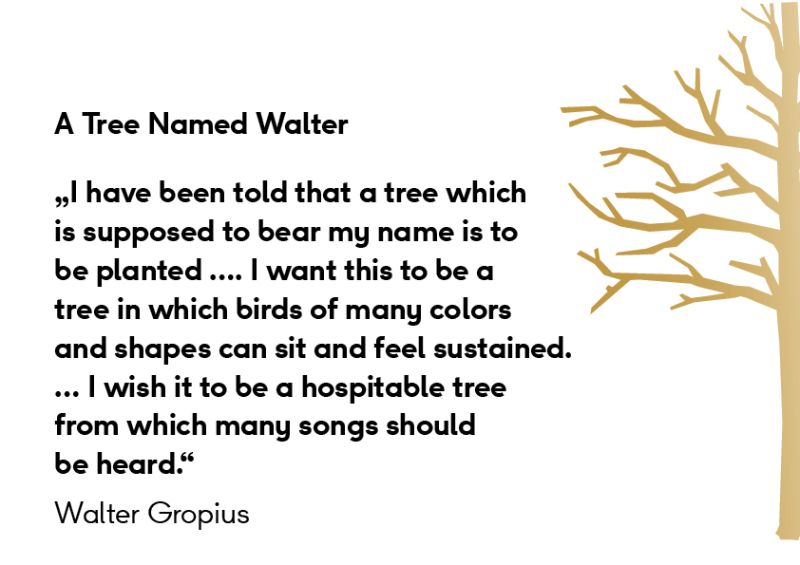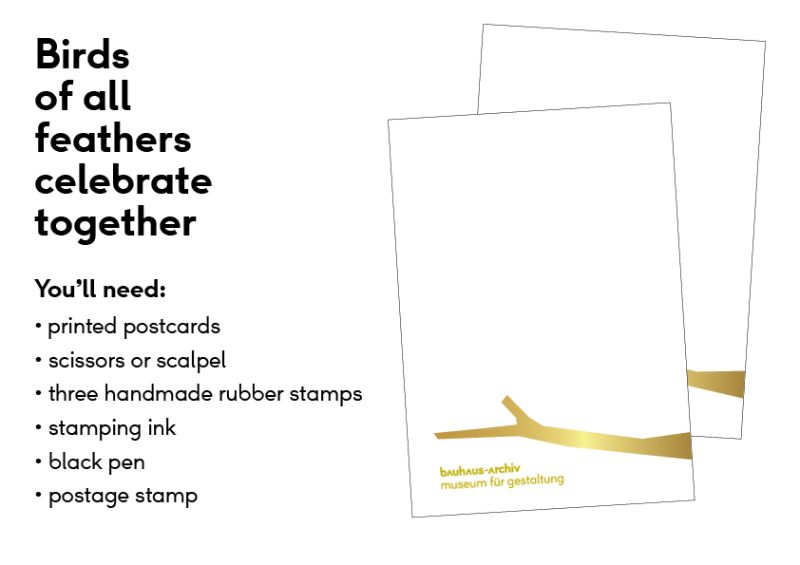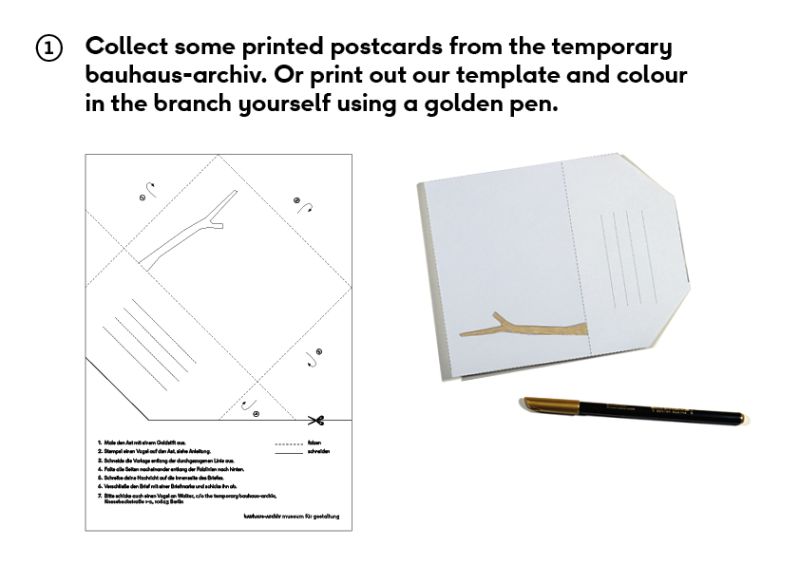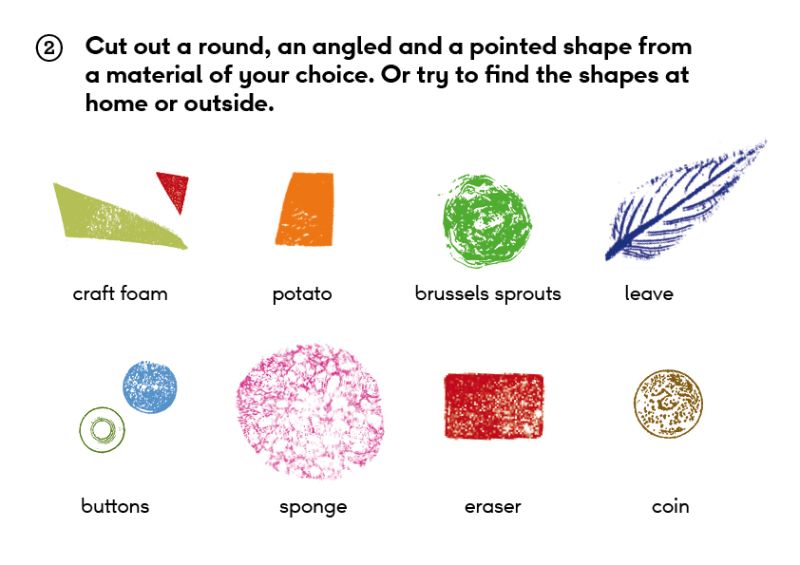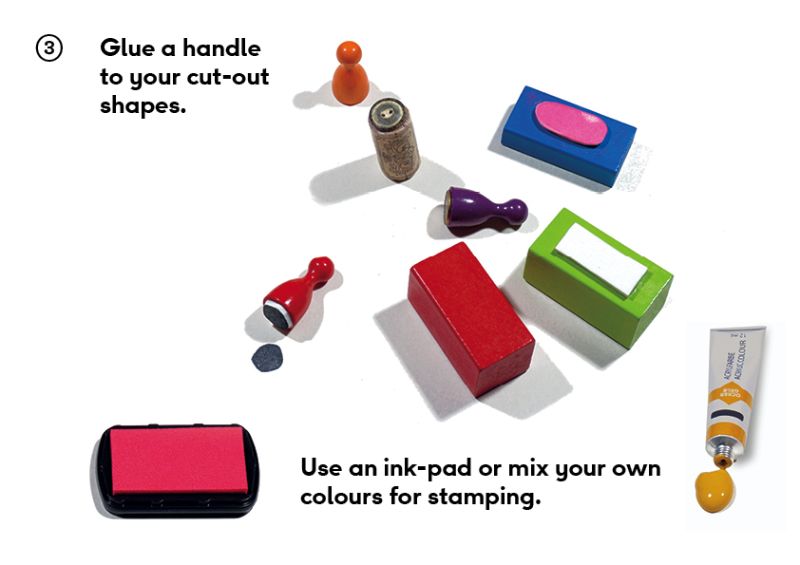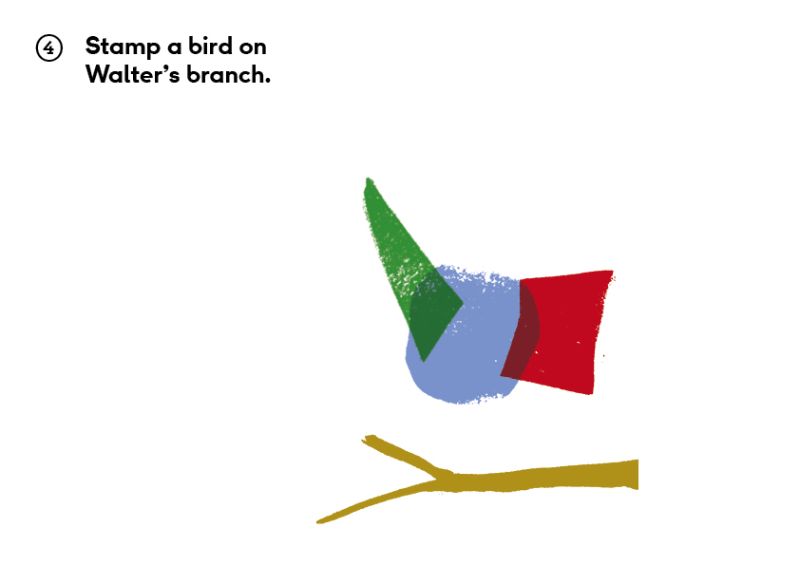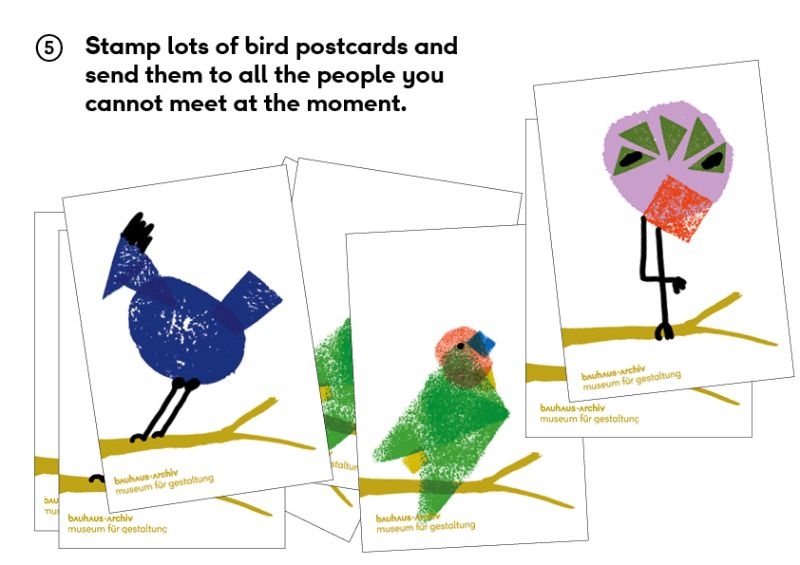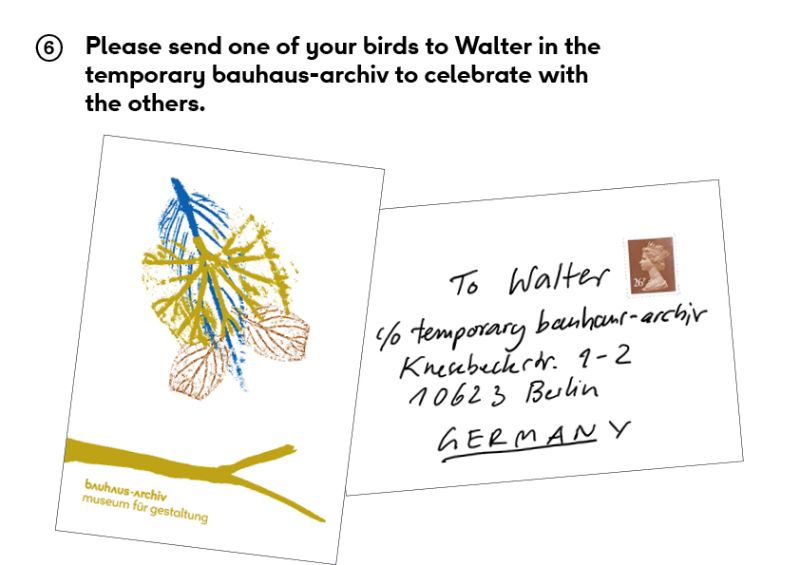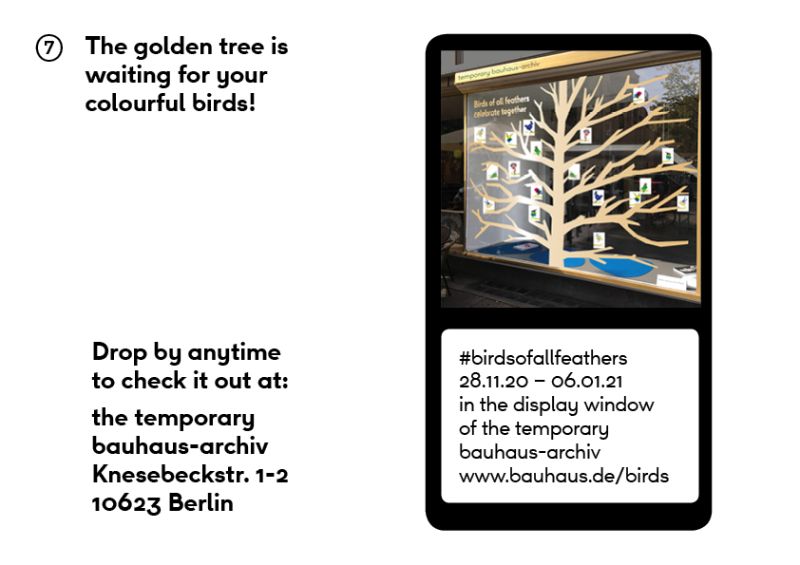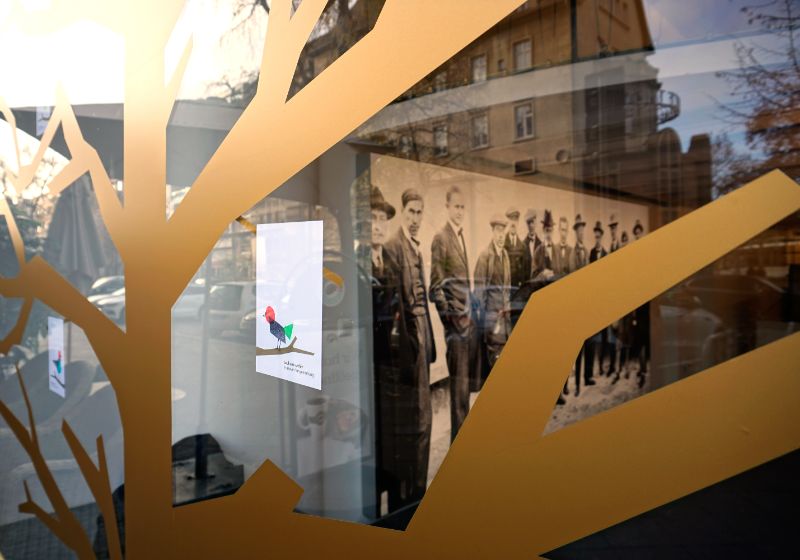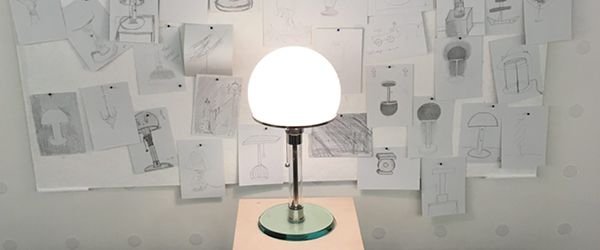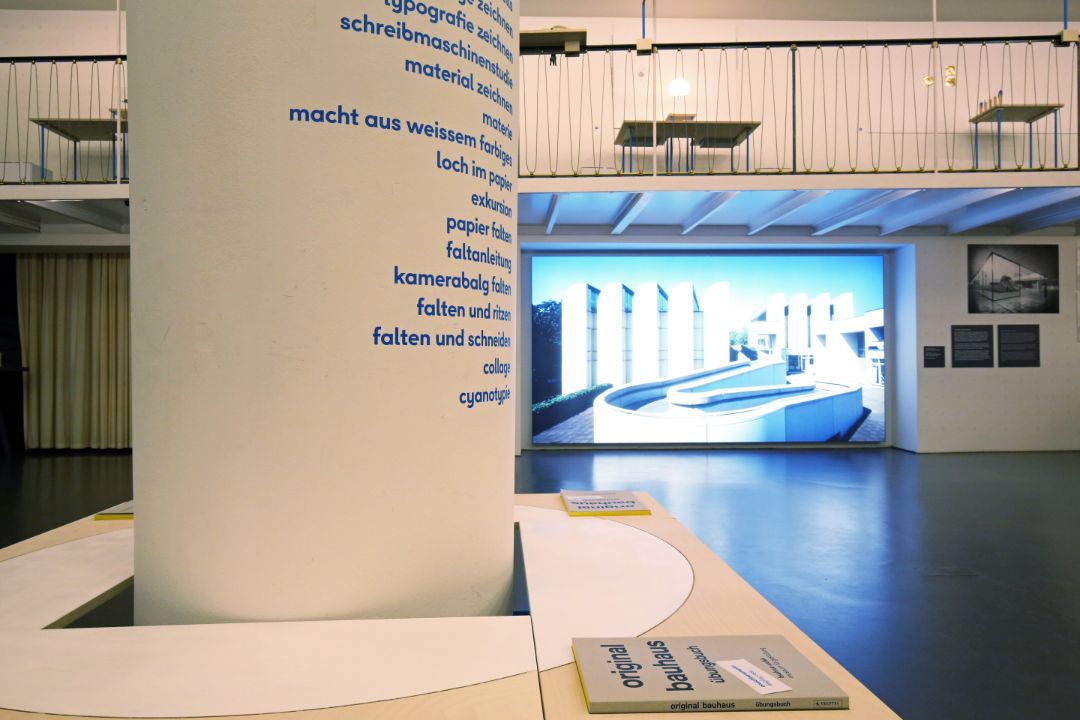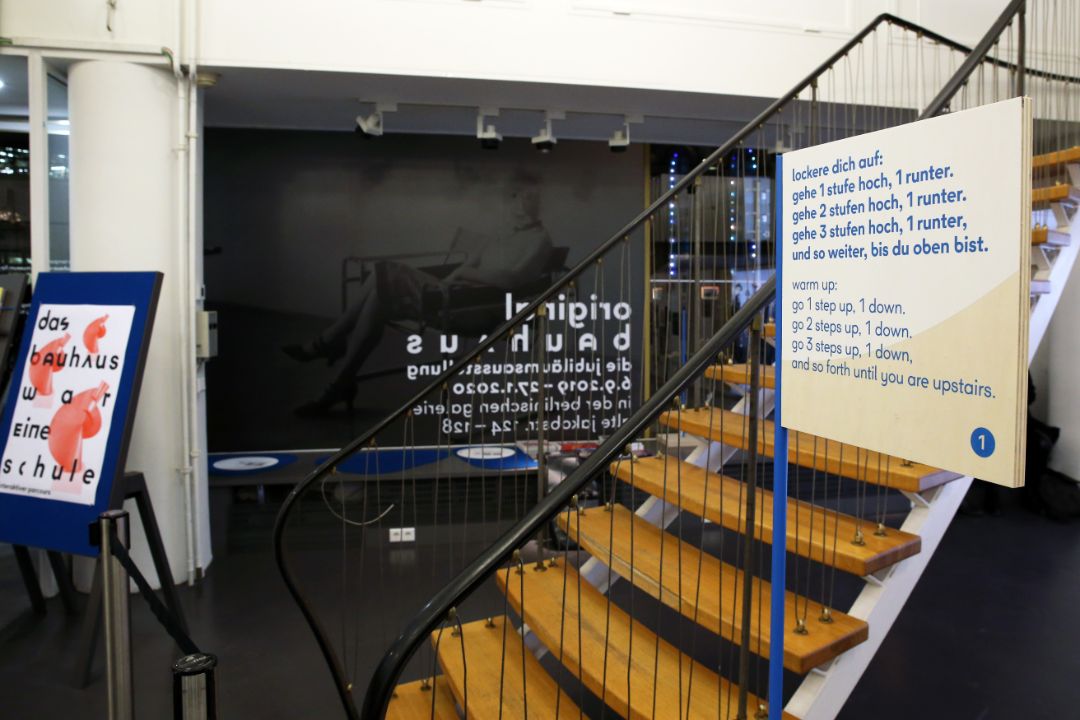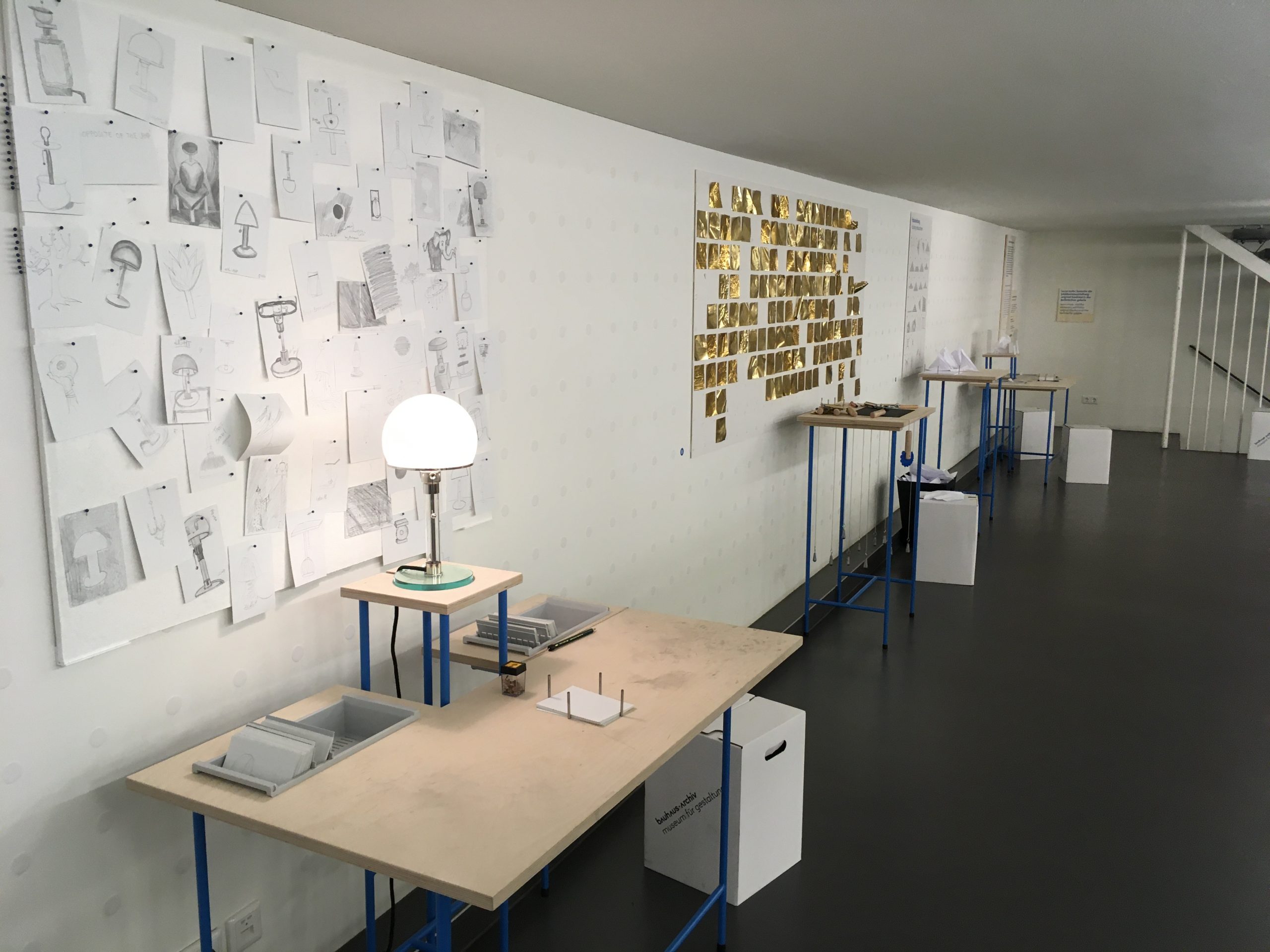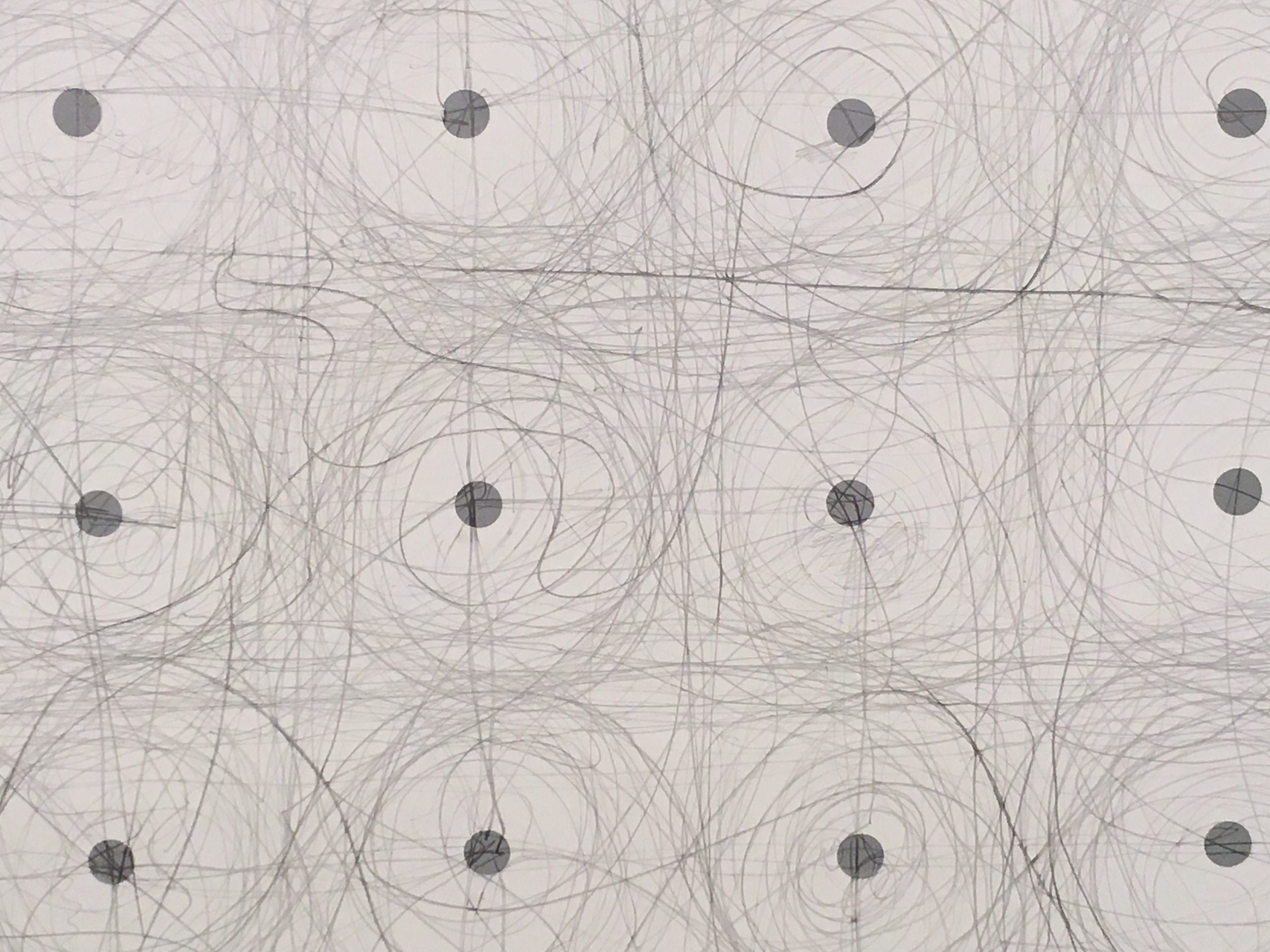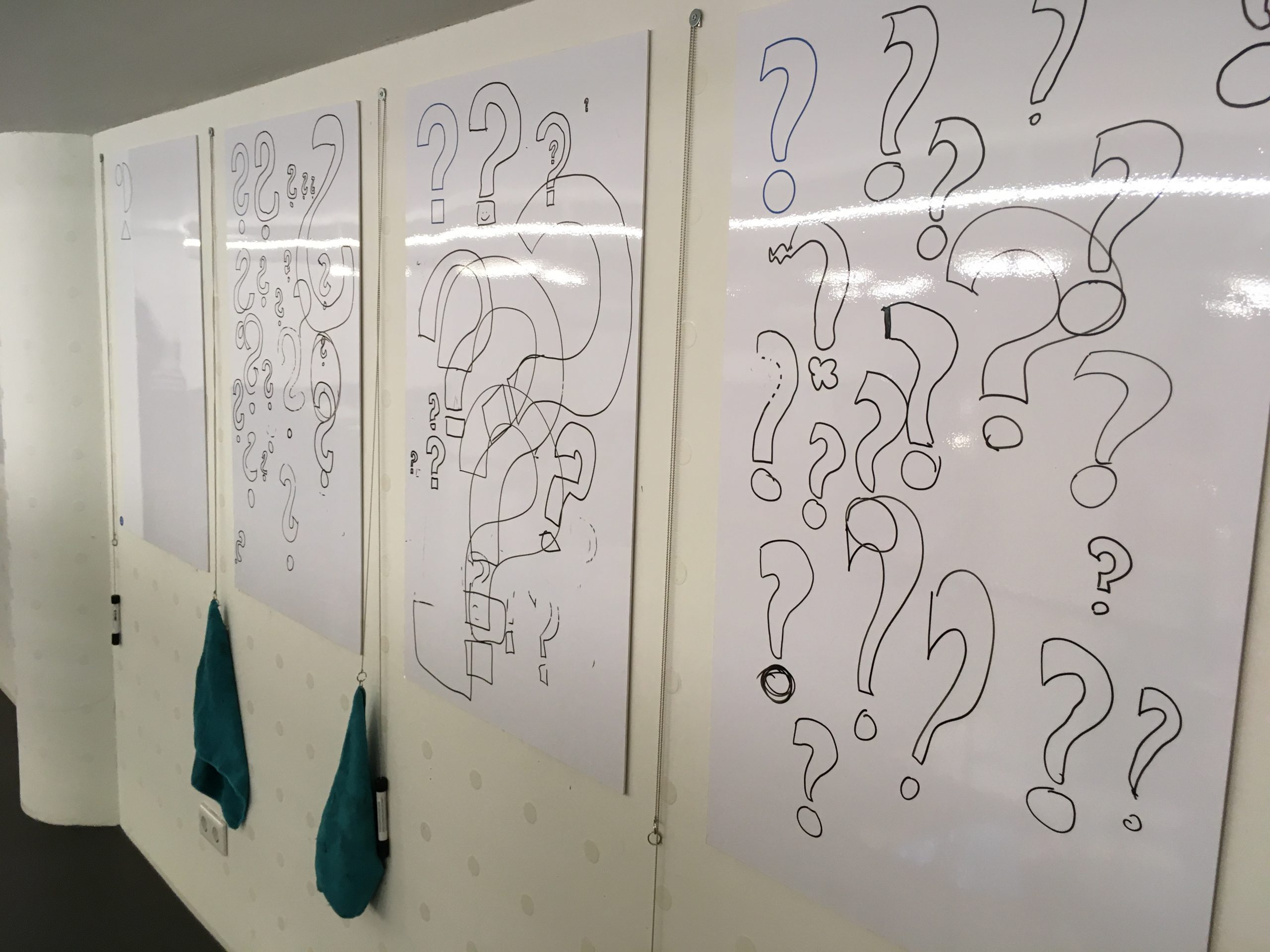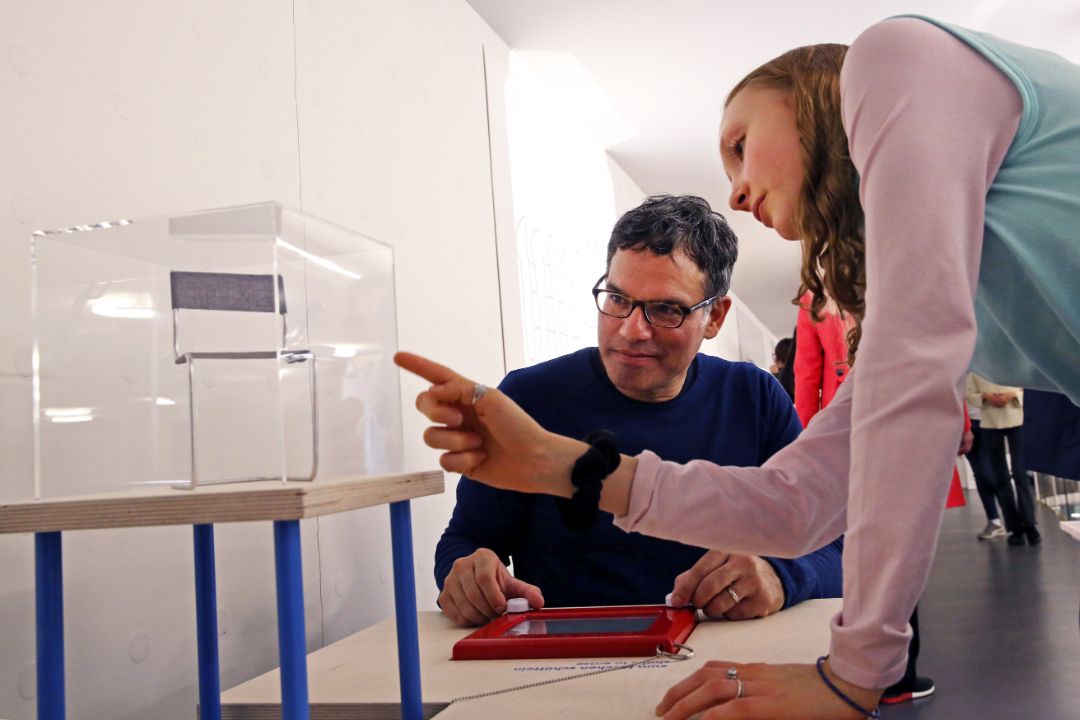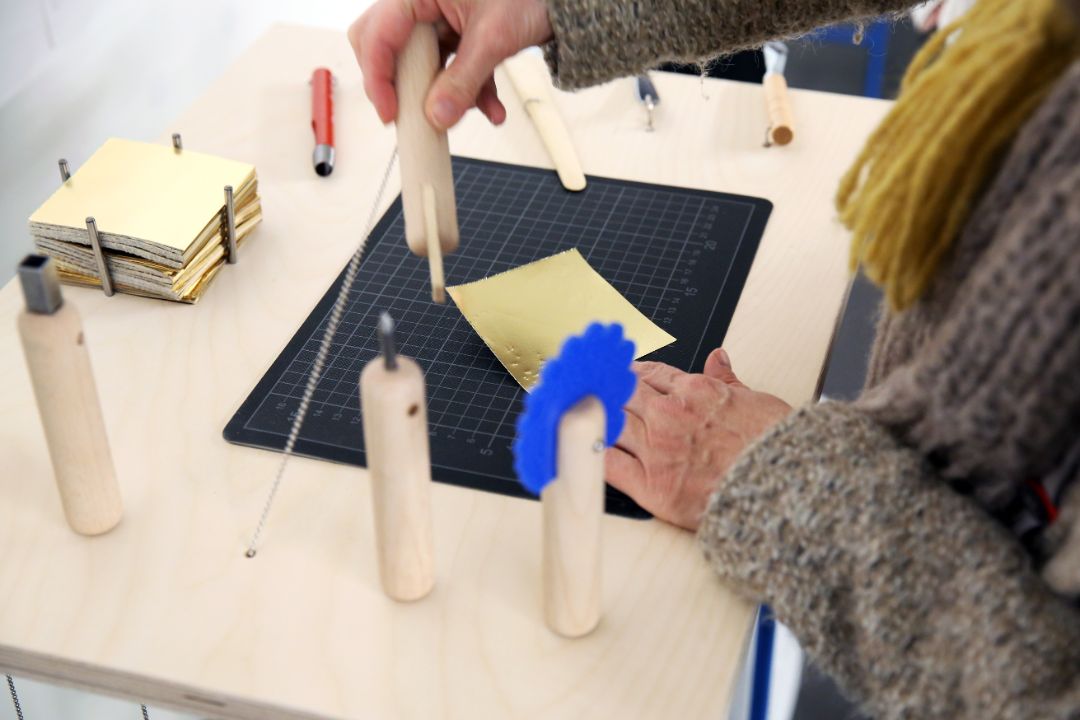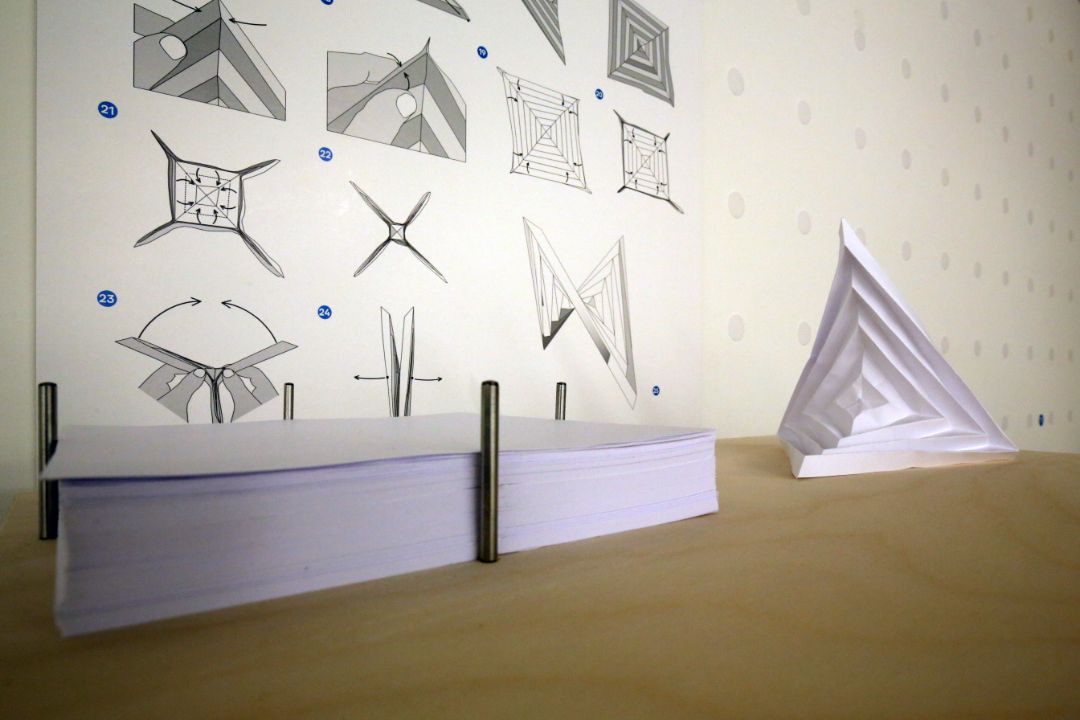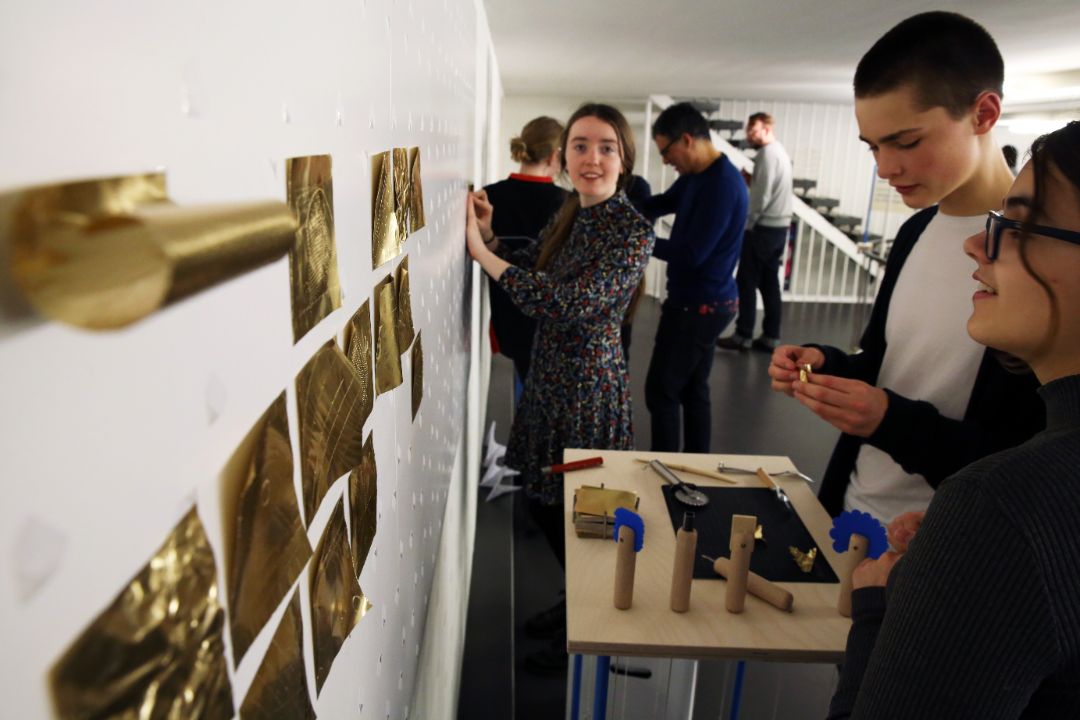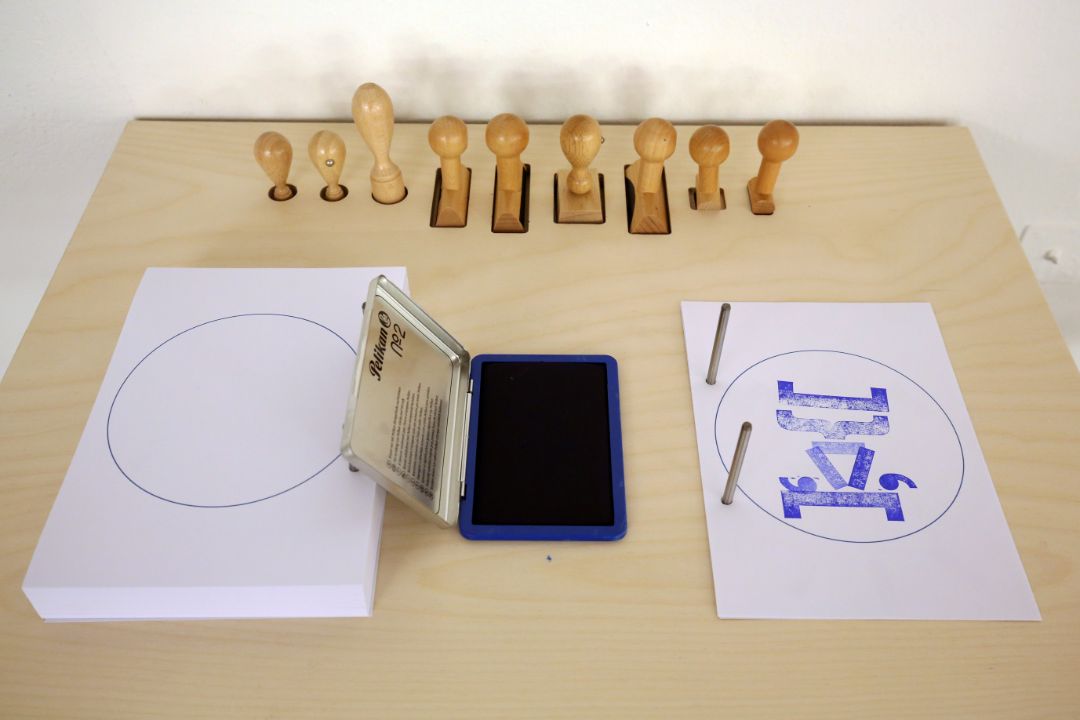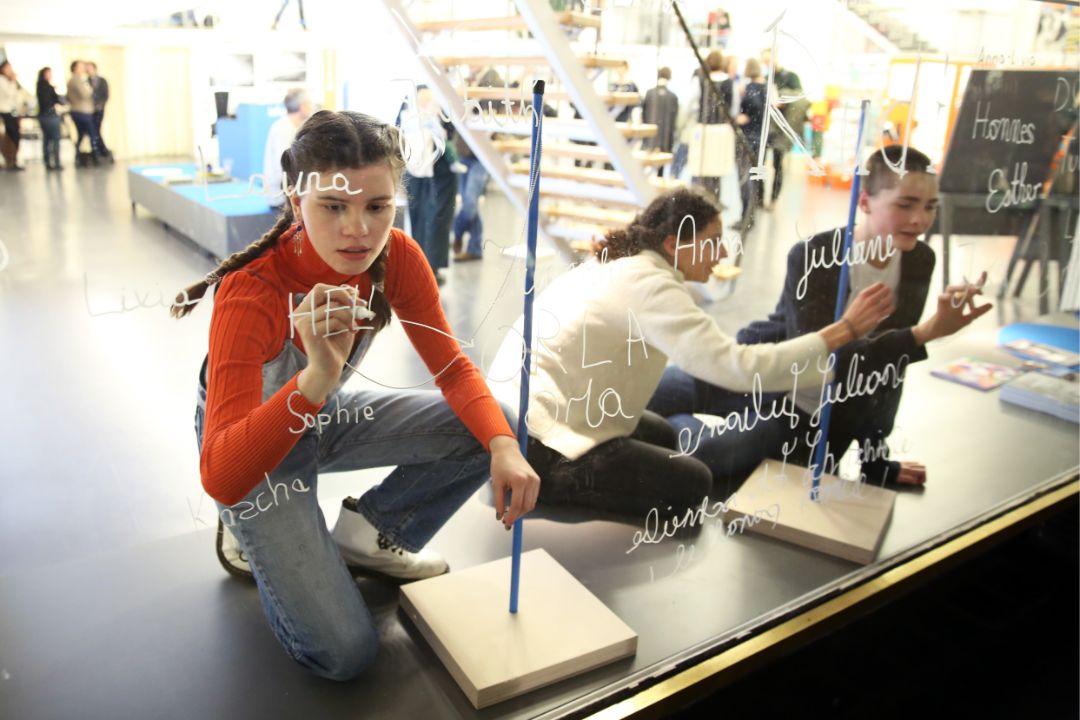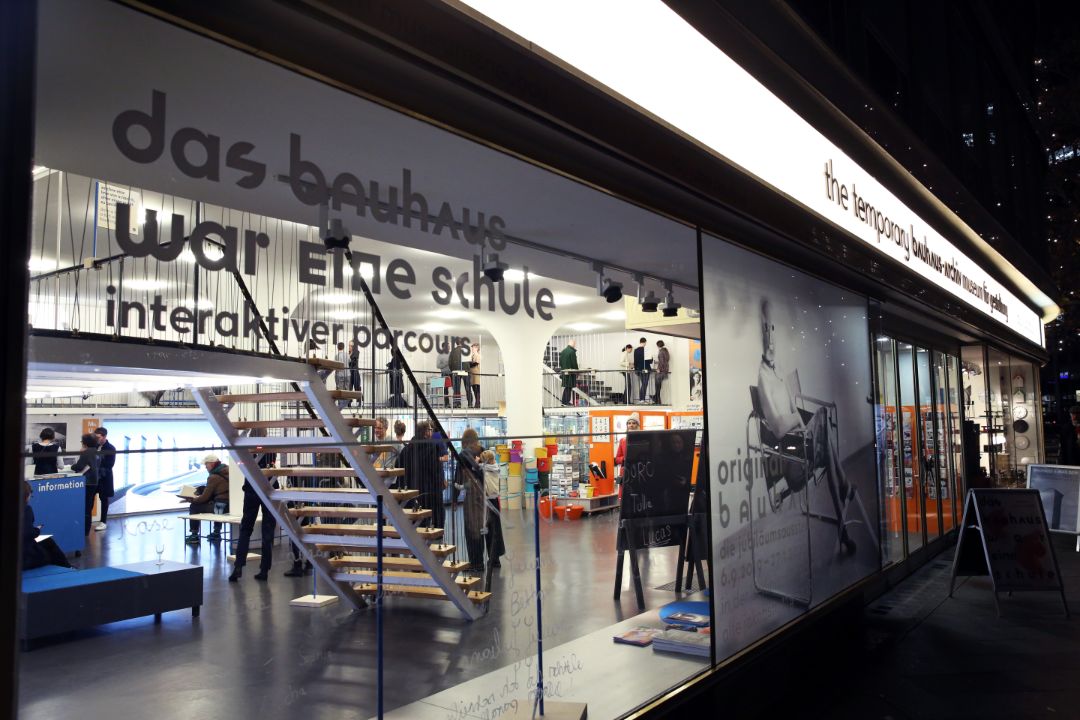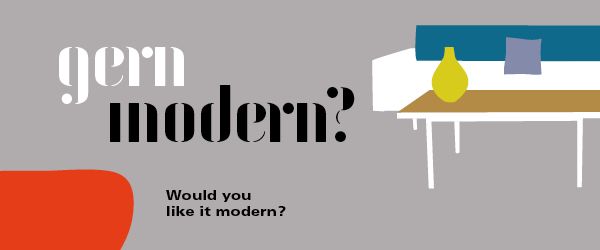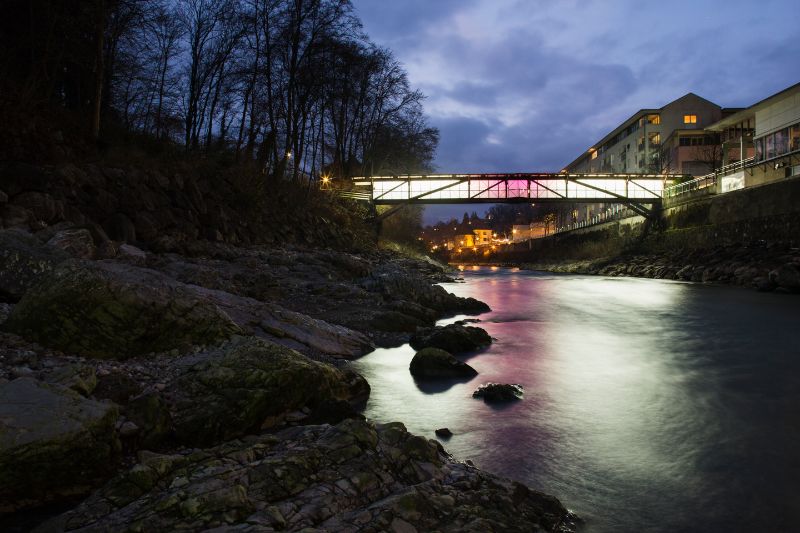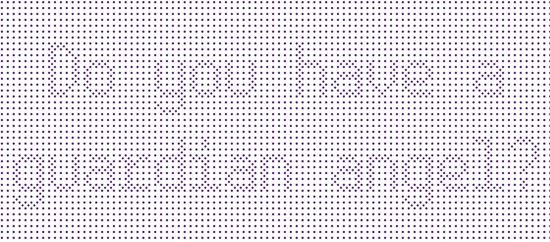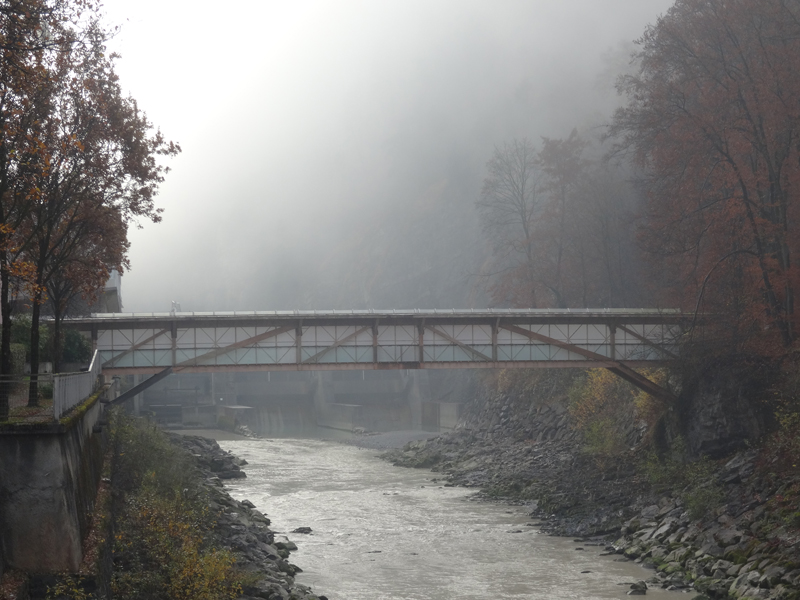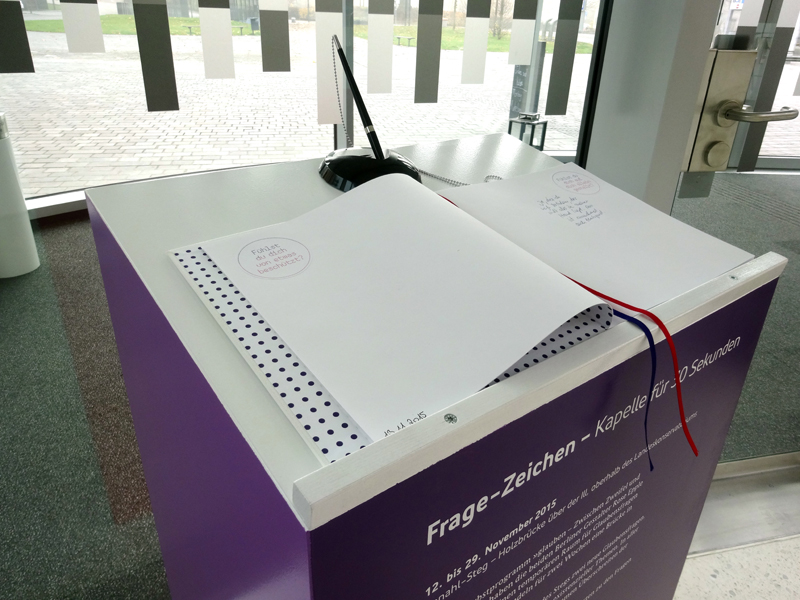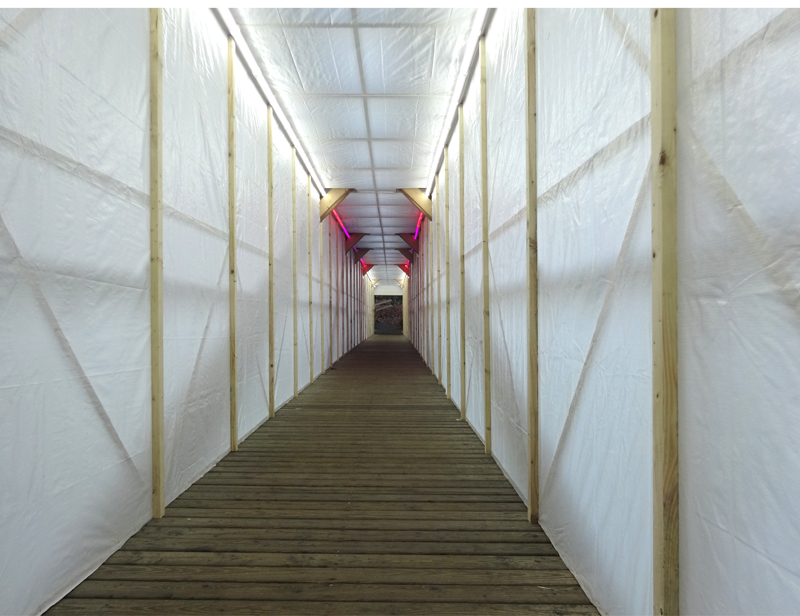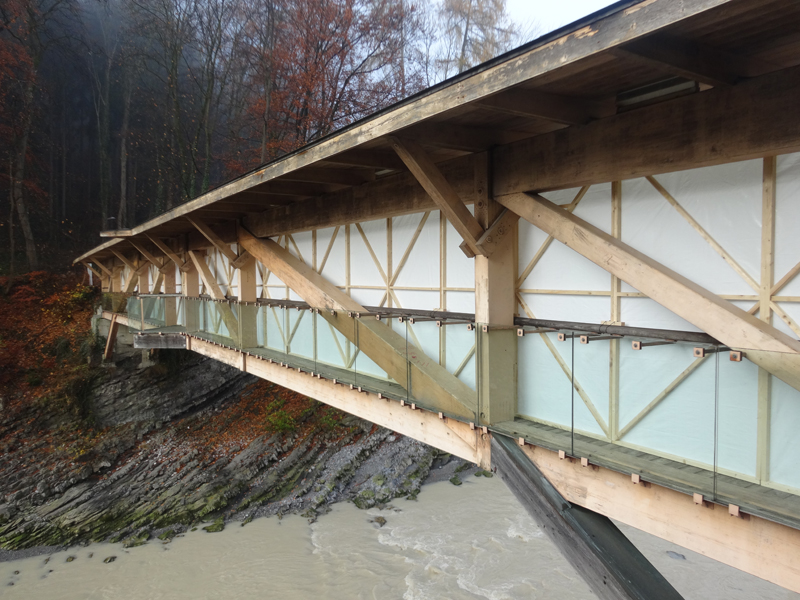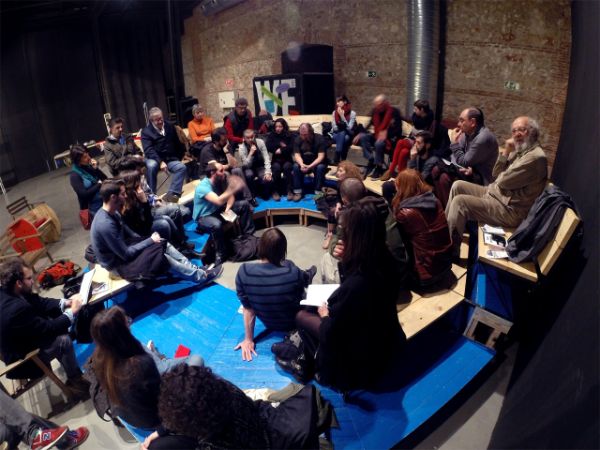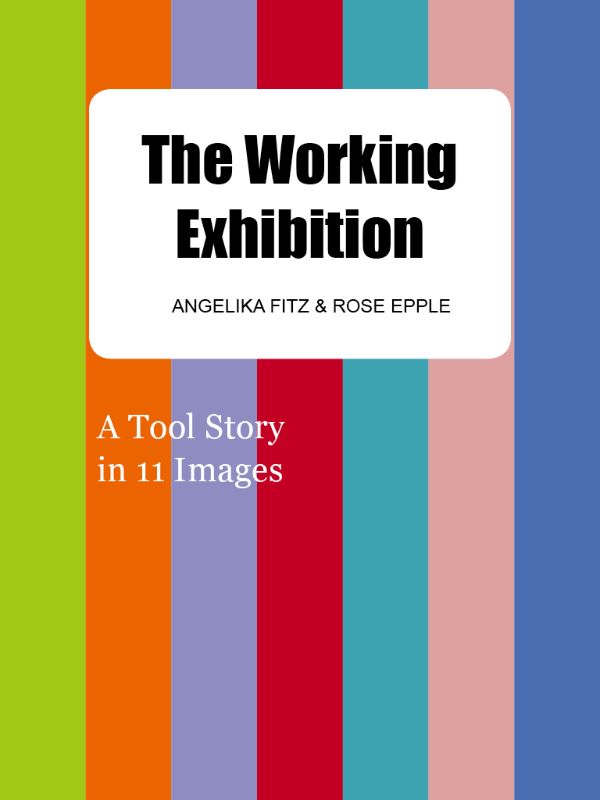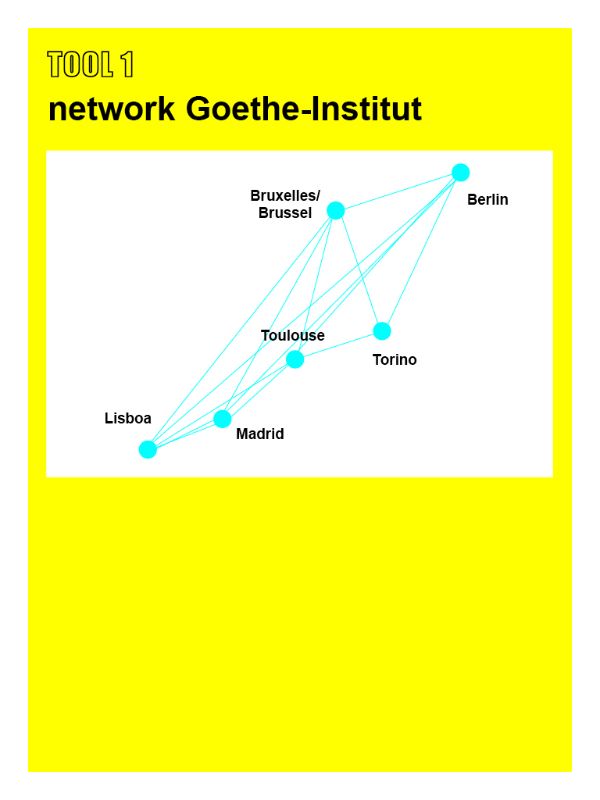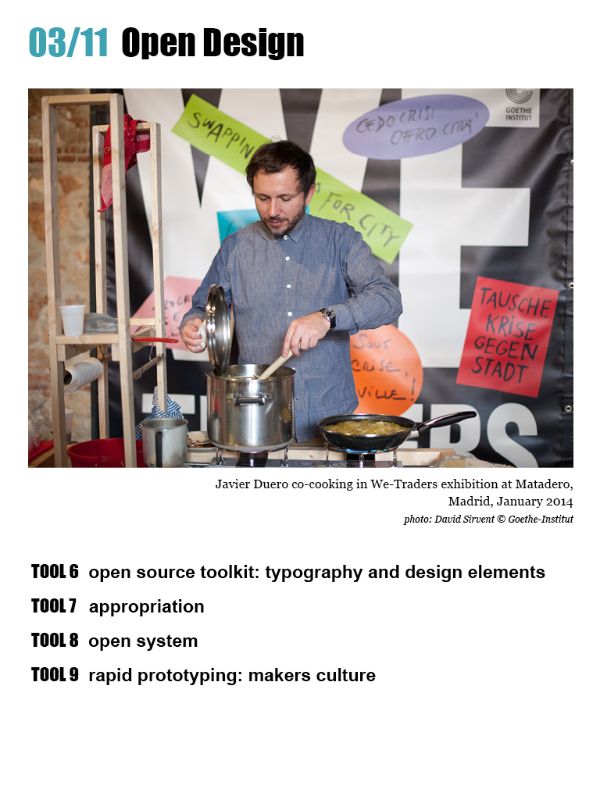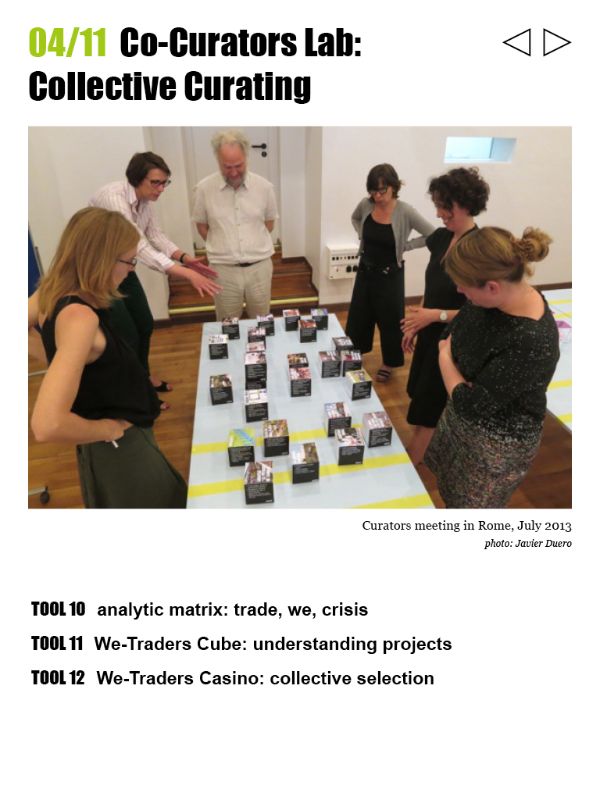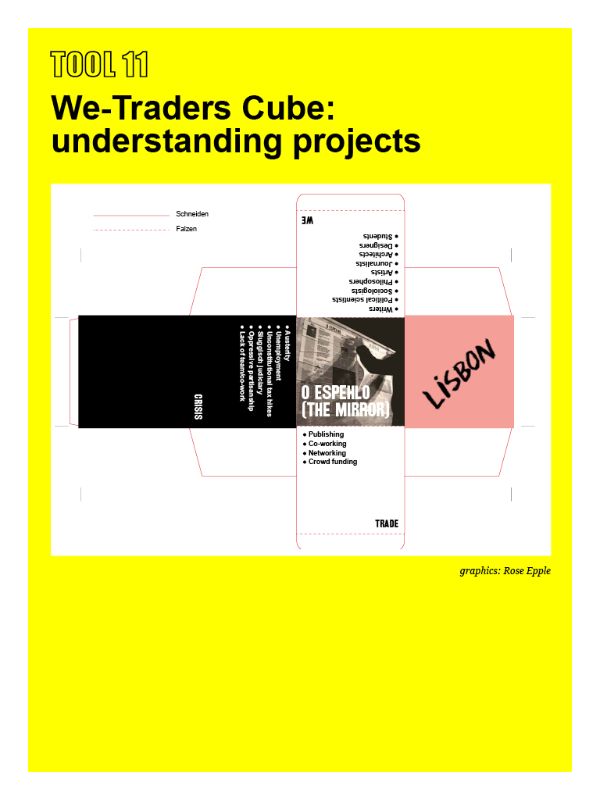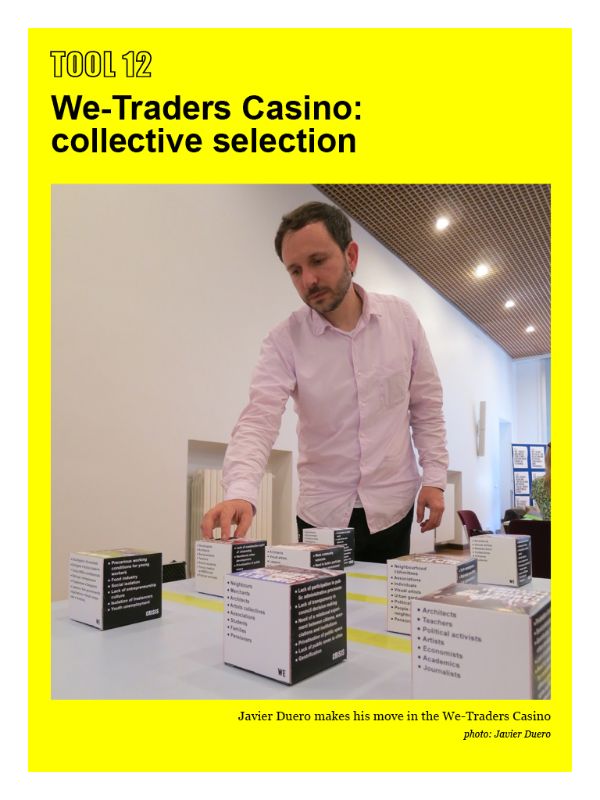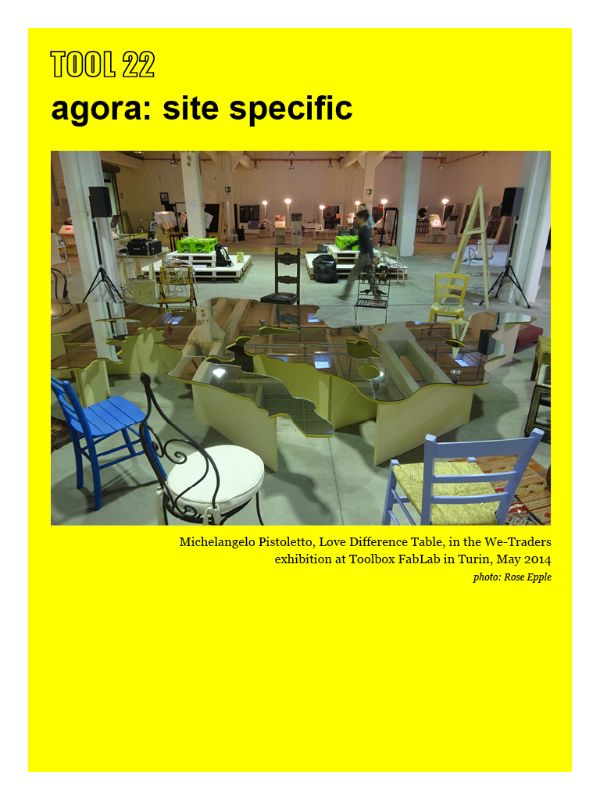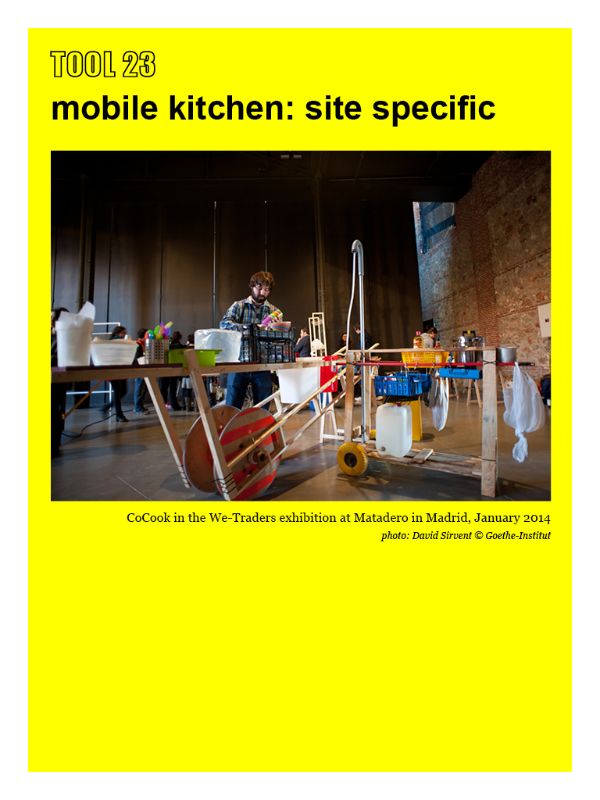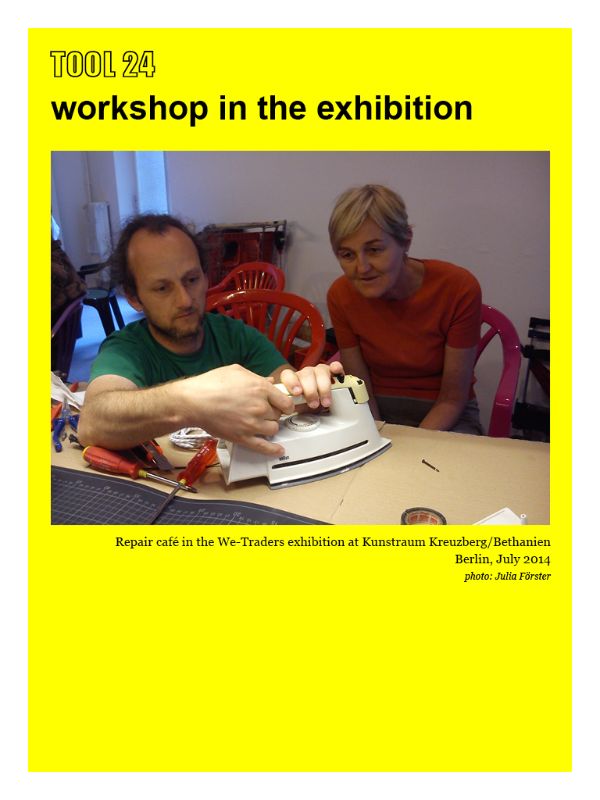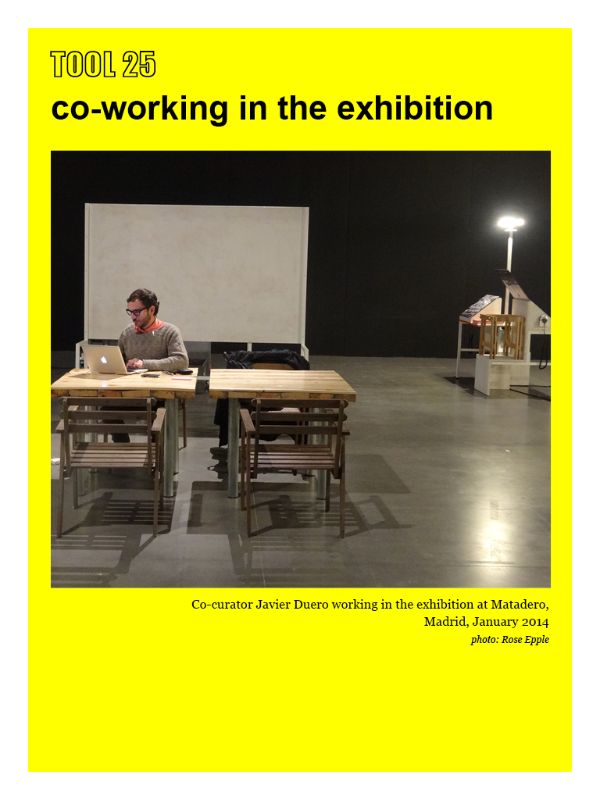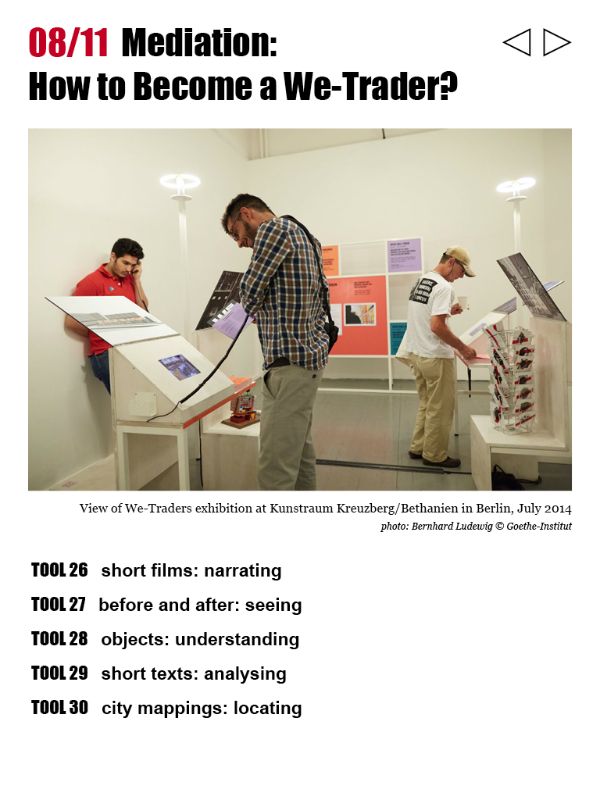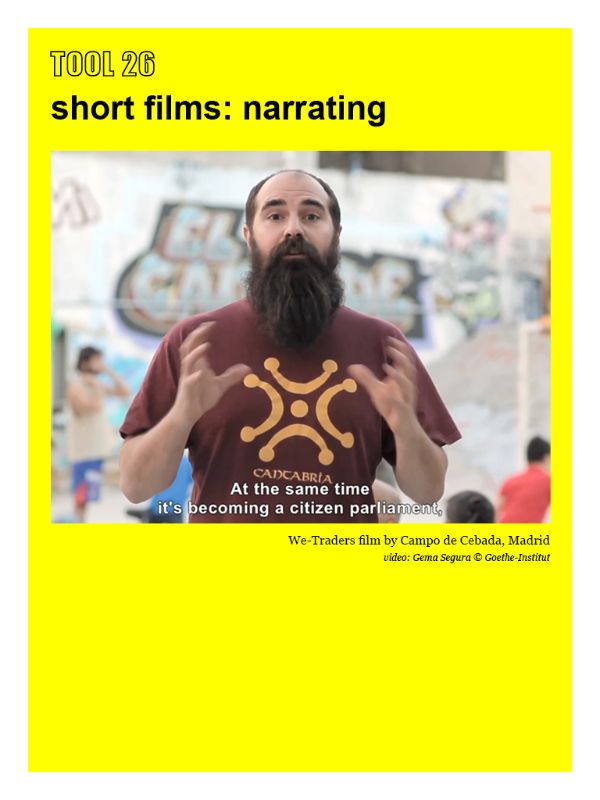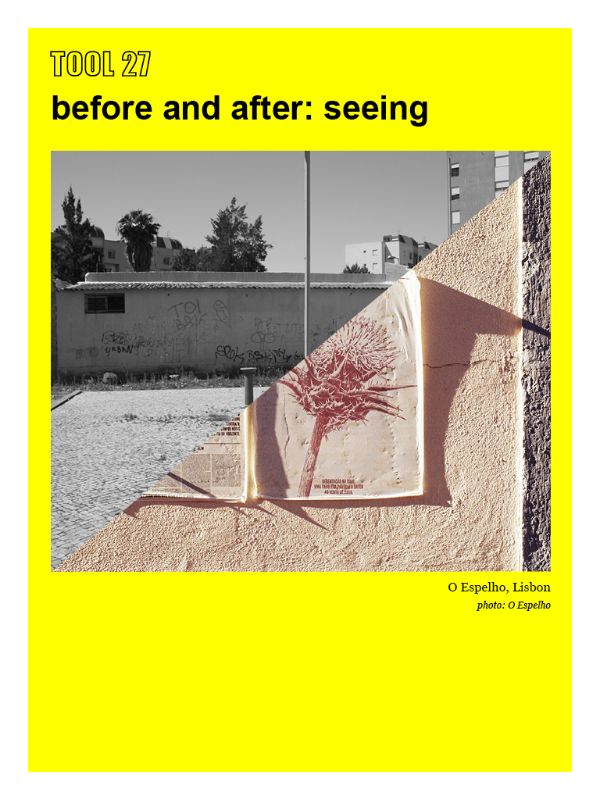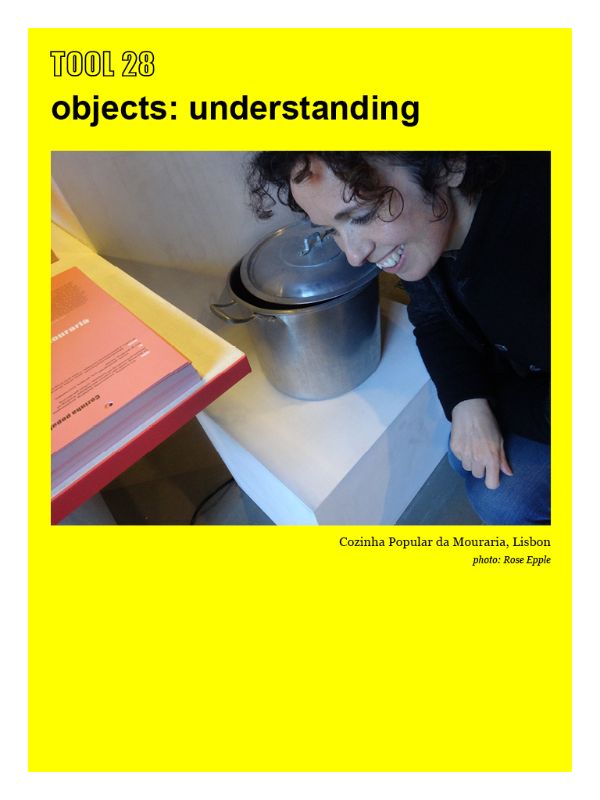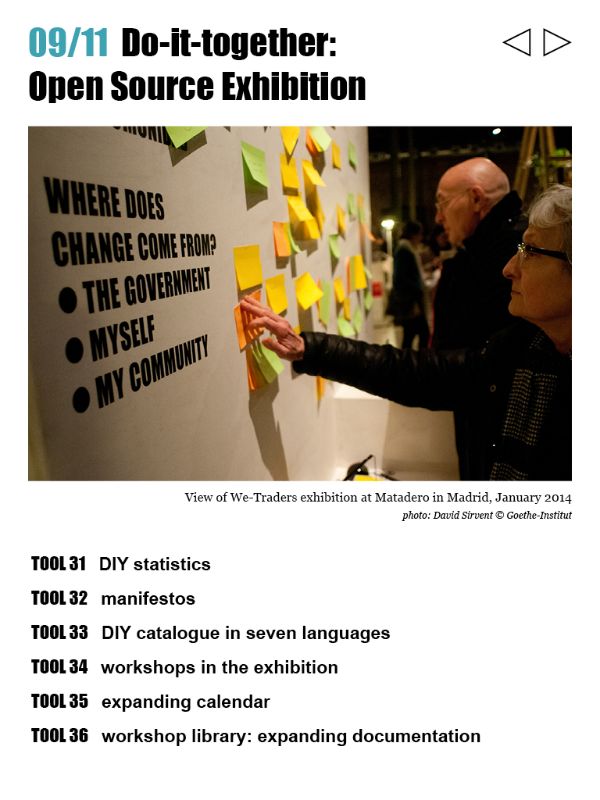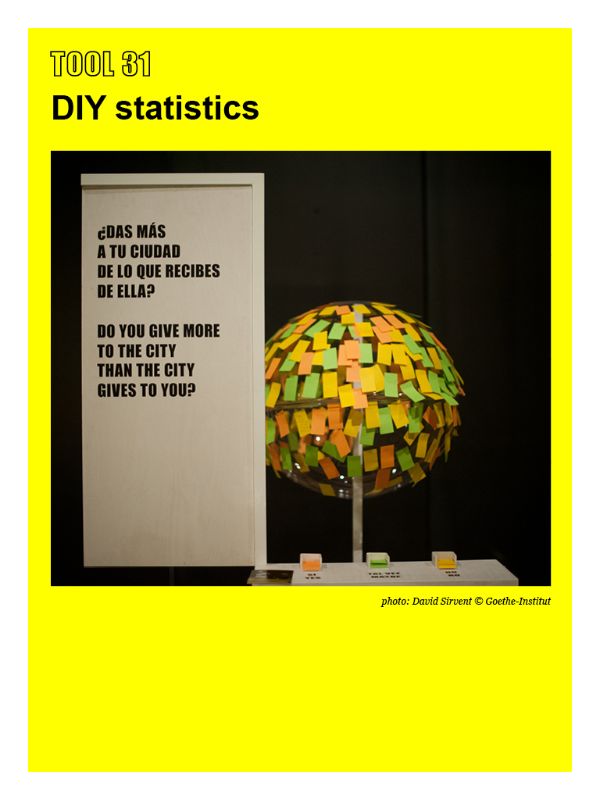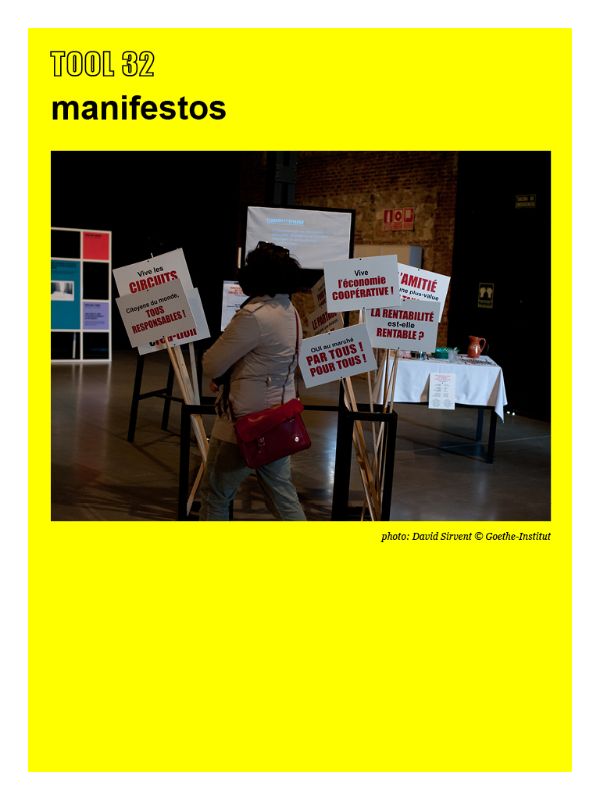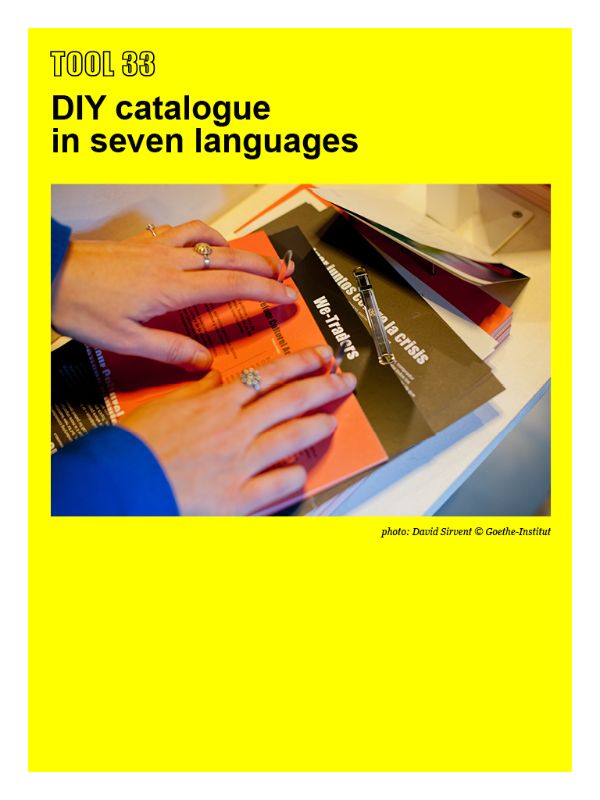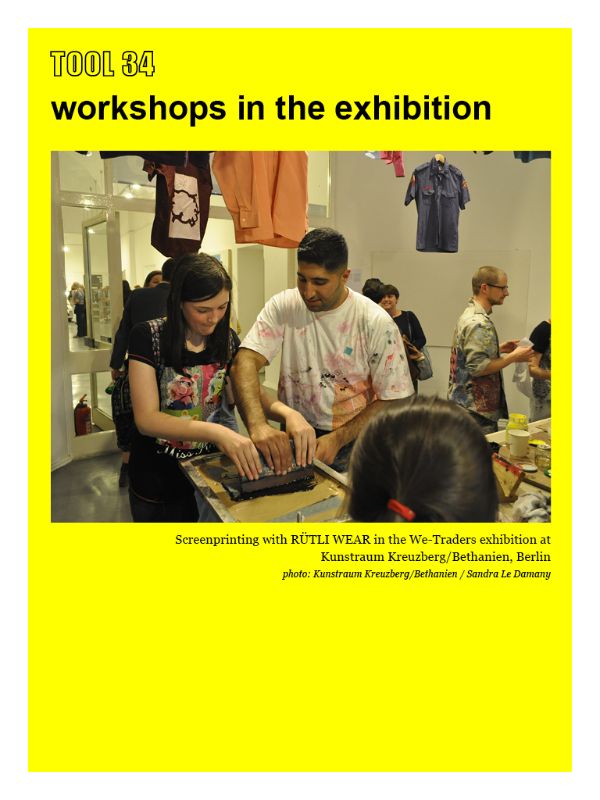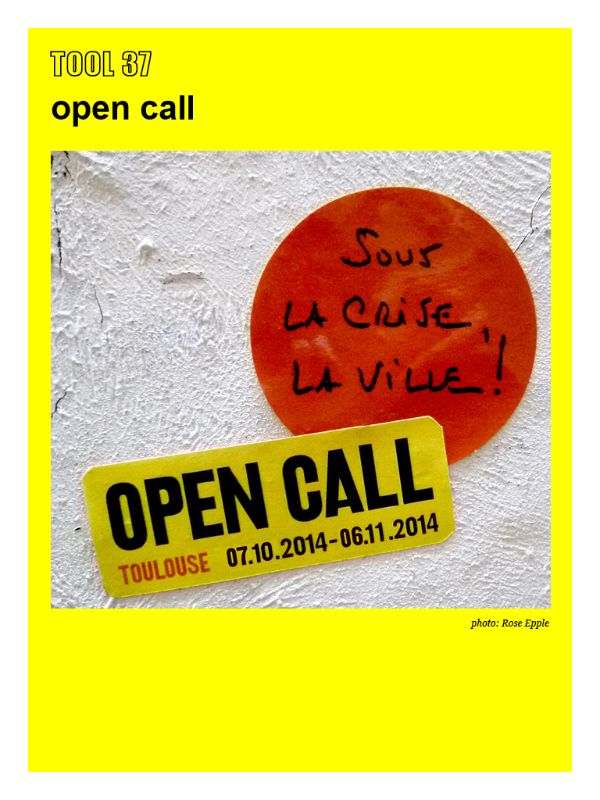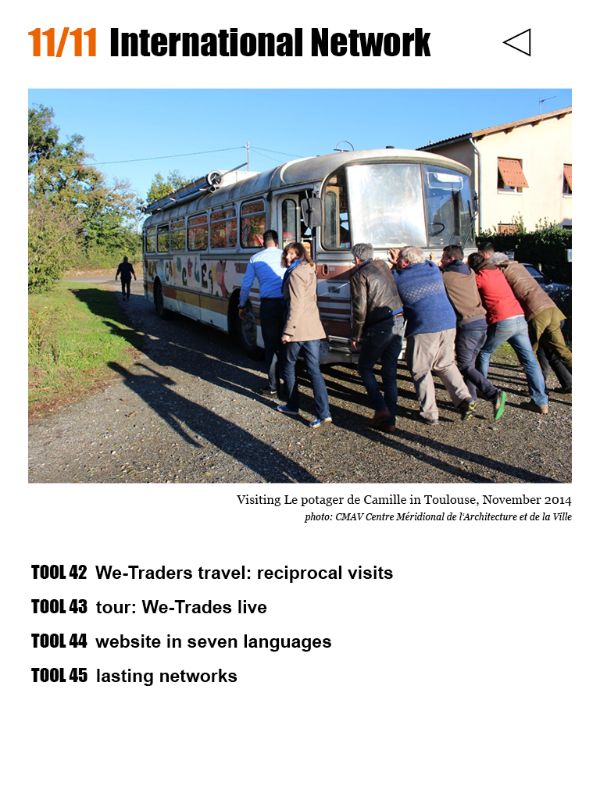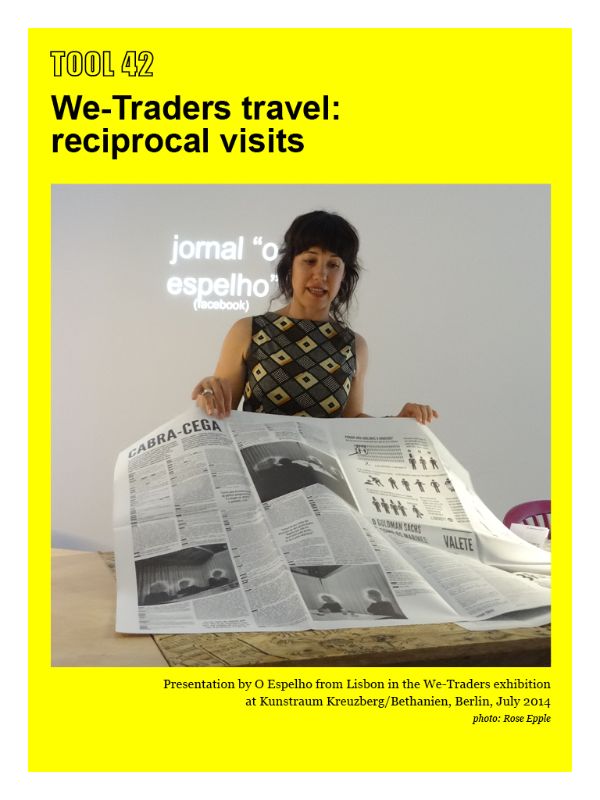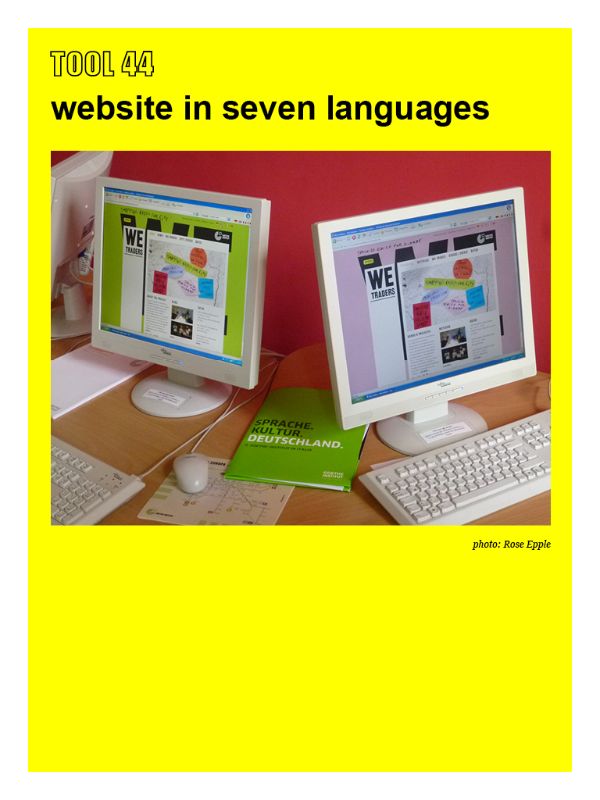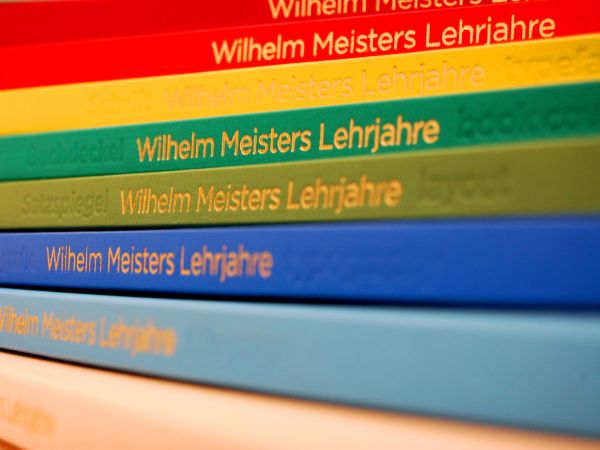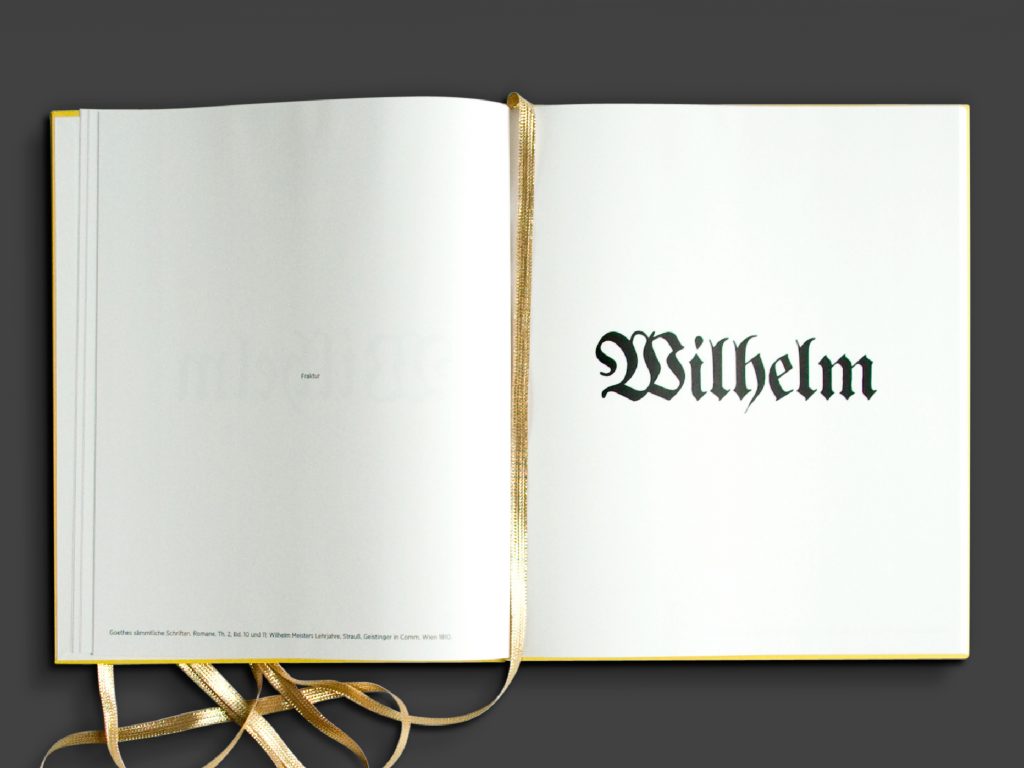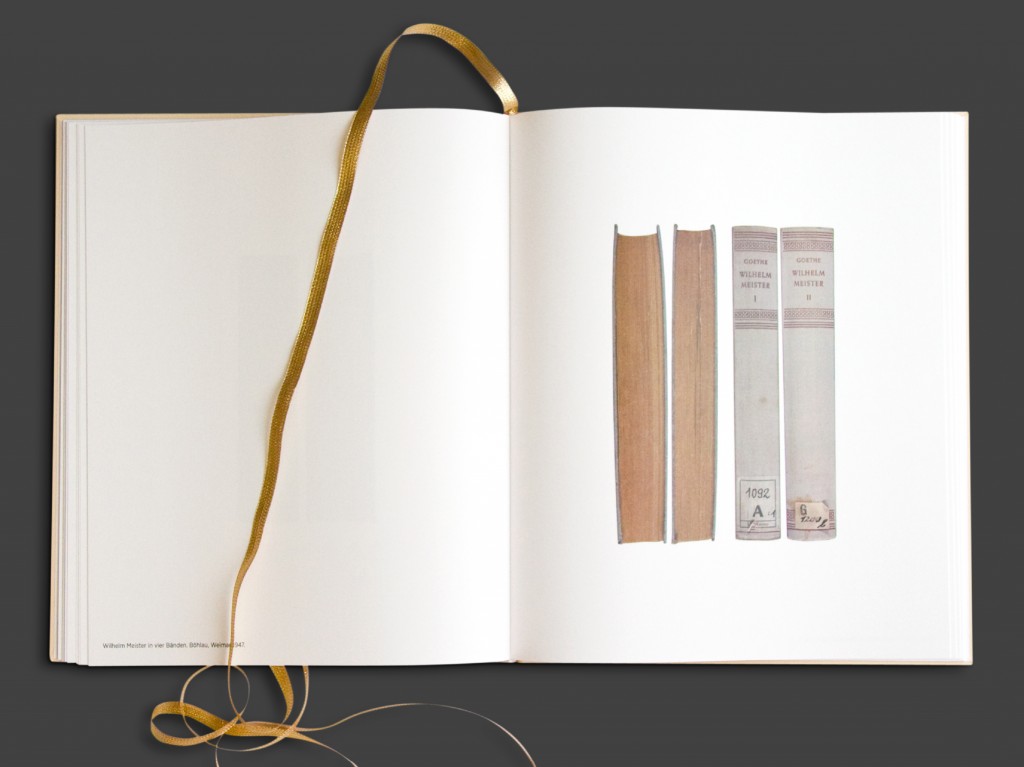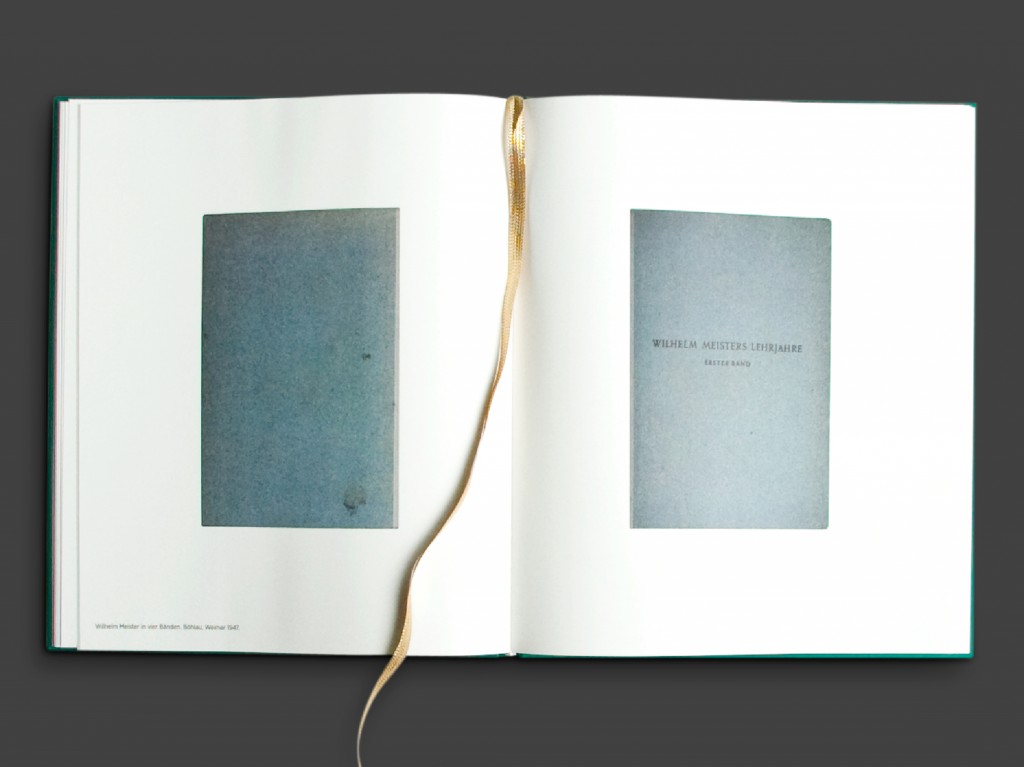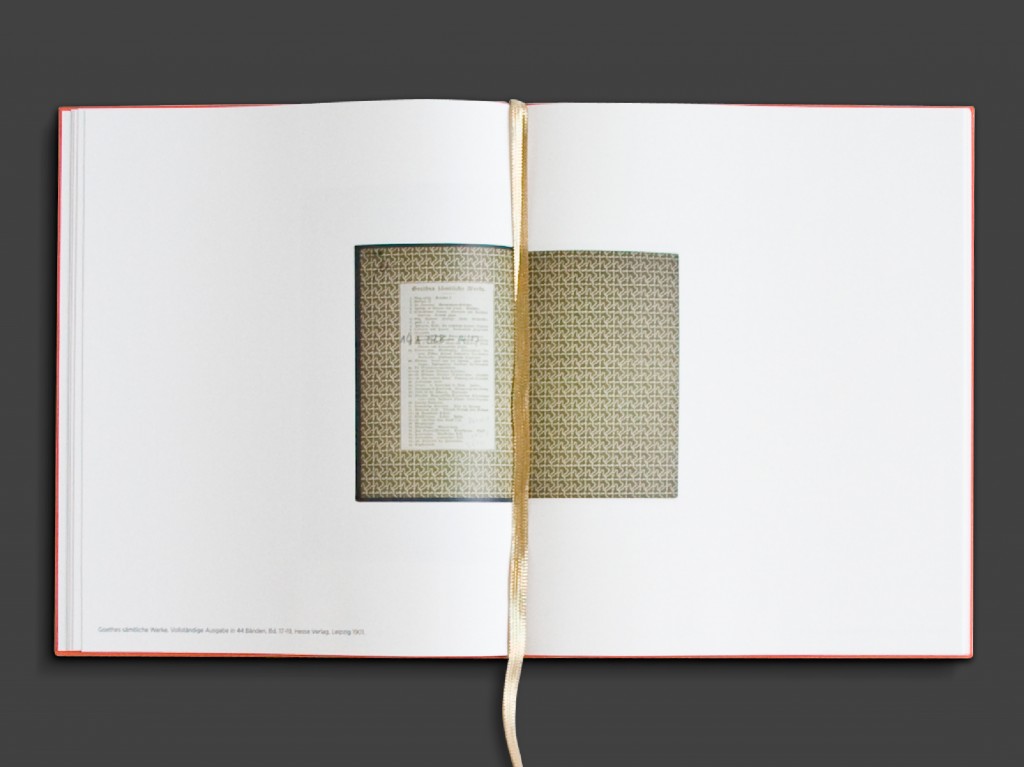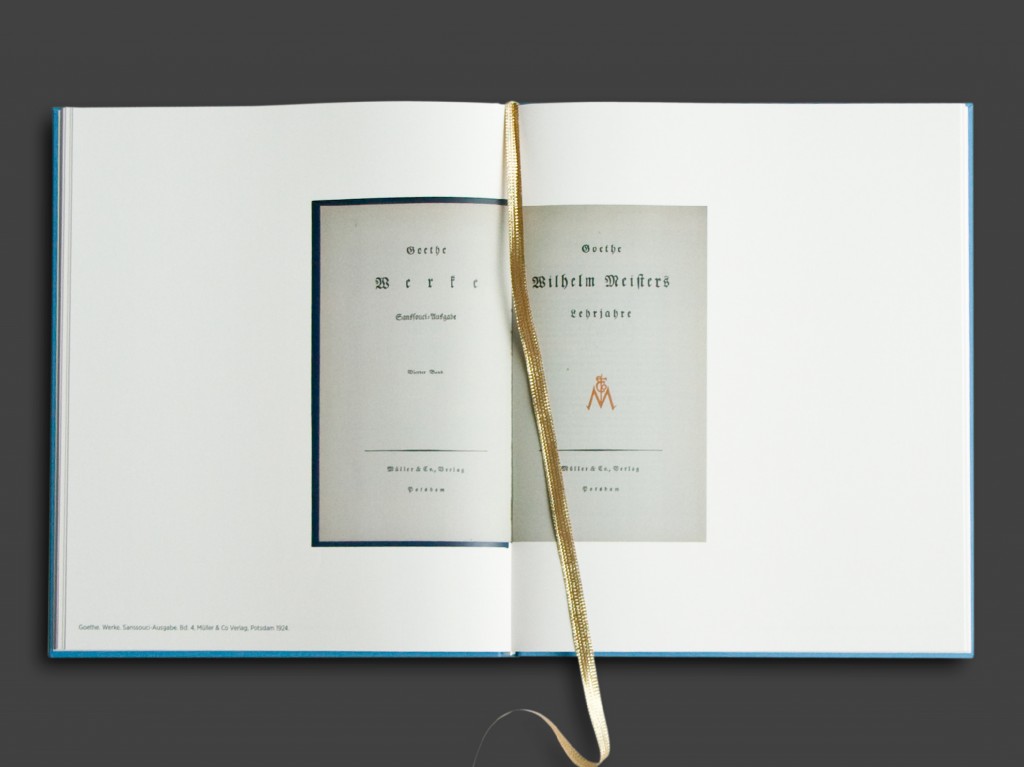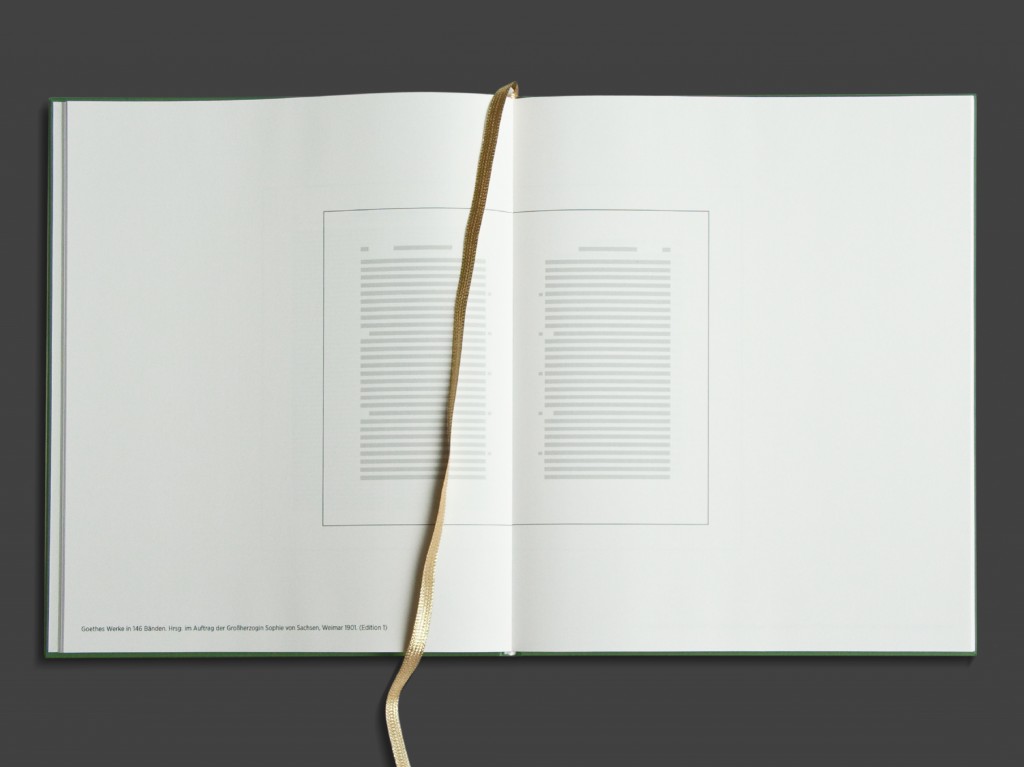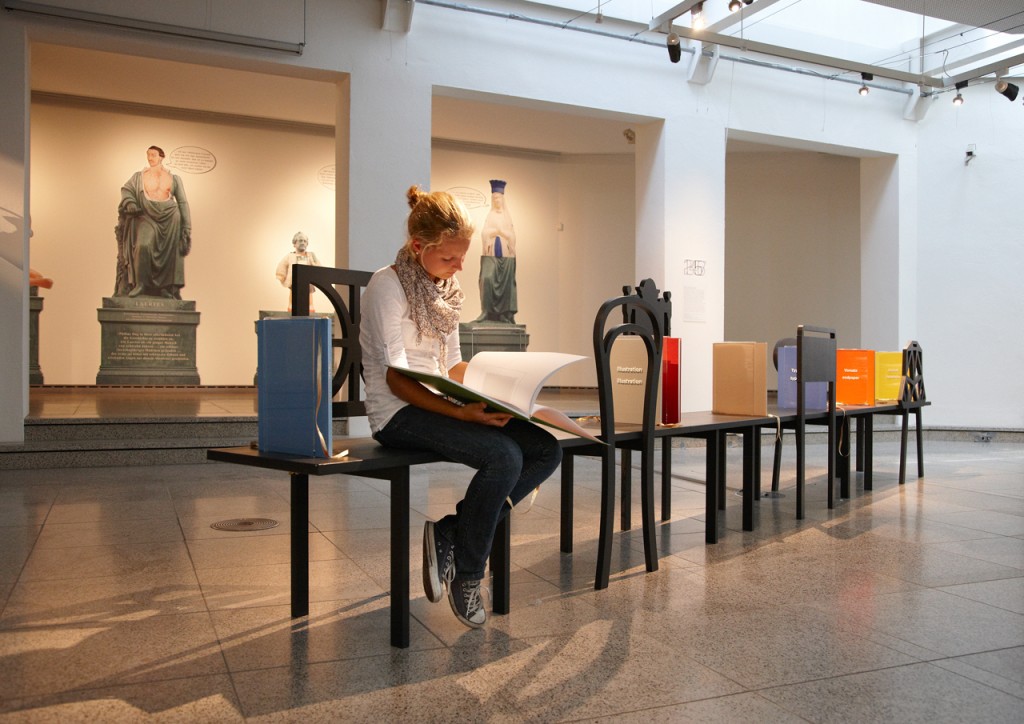They are active in Lisbon, Madrid, Toulouse, Turin, Berlin and Brussels: Citizens across Europe are currently taking the initiative to re-appropriate urban space. We call them “We-Traders” in the sense that they redefine the relation between value, profit and public good and are able to motivate fellow citizens to follow suit. The We-Traders platform initiated by the Goethe-Institut, and developed with brilliant Vienna based curator/author Angelika Fitz and myself, connects initiatives by artists, designers, activists and many other citizens from six distinct European contexts.
Collective Exhibition Making
The We-Traders exhibition is, similar to the projects it is showing and connecting, an experiment in co-creating a social situation. The collaborative process that shaped We-Traders took place in Berlin, Brussels, Lisbon, Madrid, Munich, Rome, Toulouse and Turin over a period of two years. Next to us, as artistic directors and the project lead in Brussels, six local Goethe-Instituts, seven co-curators and 30 We-Trader projects were involved. As milestones of this collective effort we count the Co-Curators Lab in Rome July 2013 and four We-Traders Fora in Autumn 2013. During the We-Traders tour that started January 2014 in Madrid and ended March 2015 in Brussels, the exhibition went on being not only a space of presentation, but a space to meet and co-produce with more than 30,000 visitors. The Tool Story presents our collection of tools we used, adapted and invented in the process and is published in full in the We-Traders E-Book.
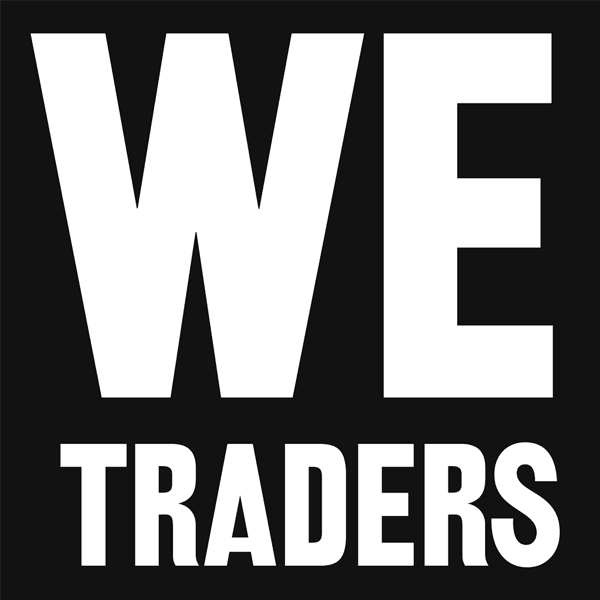
The Working Exhibition – A Tool Story in 11 Images: Angelika Fitz, Rose Epple
We-Traders Platform:
Project direction Goethe-Institut Brussels: Susanne Höhn
Project coordination: Julia Förster
Co-Production: Goethe-Institute Lisbon, Madrid, Toulouse, Turin, Brussels
Concept und artistic direction: Angelika Fitz, Rose Epple
Co-Curators: Julia Albani (Lisabon), Javier Duero (Madrid), Stéphane Gruet (Toulouse), Lisa Parola & Luisa Perlo (Turin), Charlotte Bonduel & Julia Förster (Brussels)
Exhibition Design: Studio Alex Valder
Exhibition Graphics: Carsten Giese
Visual Identity: Rose Epple
Participating initiatives: A Linha (Lissabon), AERA Habitat (Toulouse), Agulha Num Palheiro (Lissabon), Allmende-Kontor (Berlin), betahaus/Open Design City (Berlin), BIP/ZIP (Lisbon), Bois & Cie (Toulouse), Buena Vista Social Housing (Turin), Campo de Cebada (Madrid), Casa del Quartiere (Turin), Carrefour Culturel Arnaud Bernard (Toulouse), Cozinha Popular da Mouraria (Lissabon), Elii/Crisis Cabinet of Political Fictions (Madrid), Il Piccolo Cinema (Turin), Initiative Möckernkiez (Berlin), Le potager de Camille (Toulouse), O Espelho (Lissabon), Miraorti (Turin), Mix’Art Myrys (Toulouse), RÜTLI-WEAR (Berlin), Todo por la praxis (Madrid), Toolbox Coworking/FabLab (Turin), [VIC] Citizen Initiatives Incubator (Madrid), Teamlabs/Walkinn Coop (Madrid)
Diagnoses by: Sonja Beeck, Paul Blanquart, Rolf Novy-Huy, Leonie Baumann, Santiago Eraso Beloki, Claus Leggewie, Jorge da Silva Macaísta Malheiros, Carlo Salone, Florian Schmidt, Marco Revelli
The We-Traders exhibition travelled to:
BOZAR, Brussels 2015
CMAV – Centre Méridional de l’Architecture et de la Ville, Toulouse 2014
LX Factory, Lisbon 2014
Toolbox, Turin 2014
Kunstraum Kreuzberg Bethanien, Berlin 2014
Matadero, Madrid 2014
